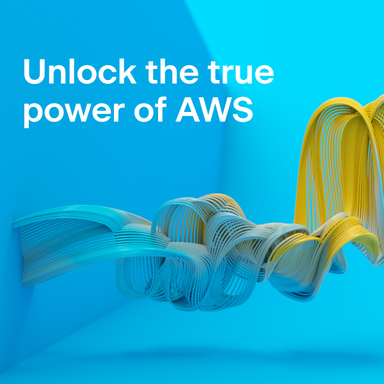Connectors

Unrivalled connectivity
Our connectors are supercharged, providing exceptional depth and automation. Instead of just copying schema into Solidatus and cataloging your current systems, they perform deep, real-time analysis to map the architecture of your systems and the relationships that define them.
Go beneath the surface and harvest deep-level connections
- Solidatus’ deep-level connectors analyze code, ETLs, BI reports, schemas, catalogs, glossaries, dictionaries, data types, data quality issues and more
- Our connectors automate technical lineage by parsing ETL logic and SQL code and linking data flow and transformations to a standard schema, enabling data flow capture, modeling, and visualization within and between applications
- Take advantage of unlimited metadata ingestion through our ‘plug n play’ connectors, open API and SDK framework along with a suite of file import templates
Data & Catalog connectors
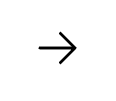
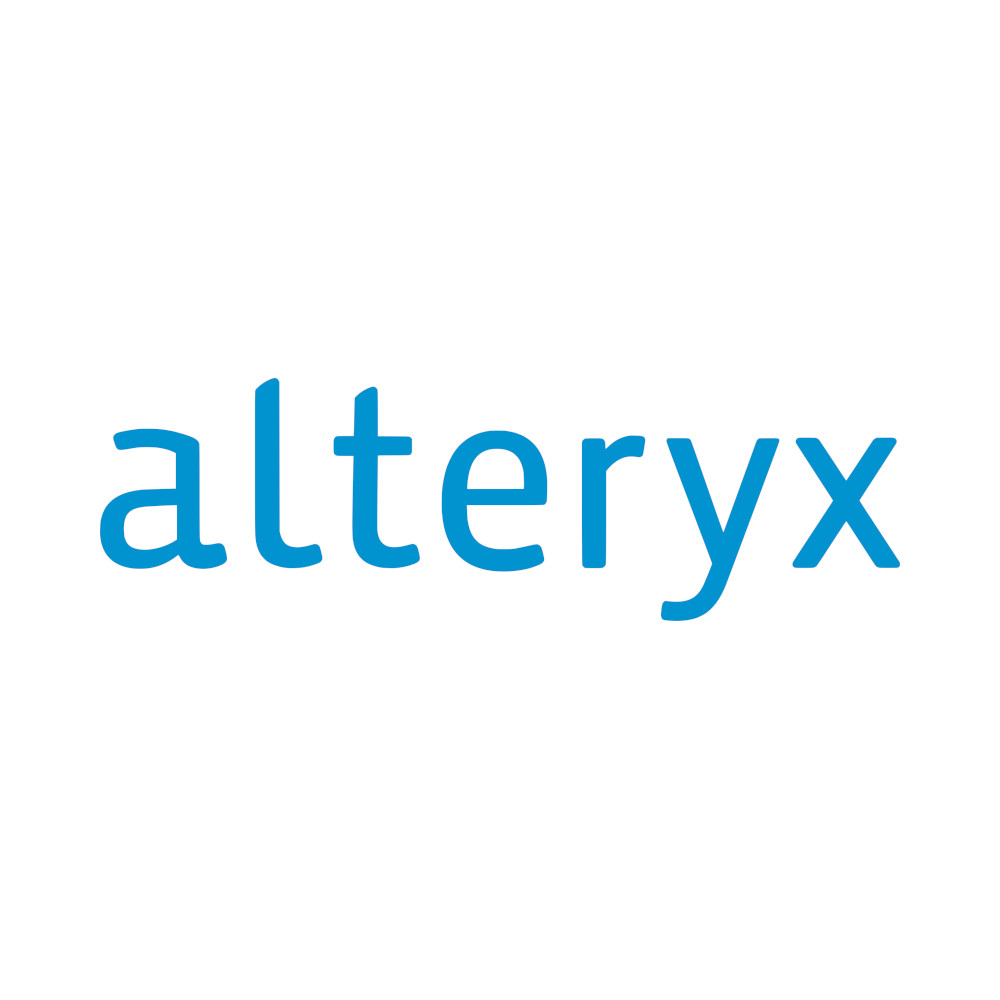
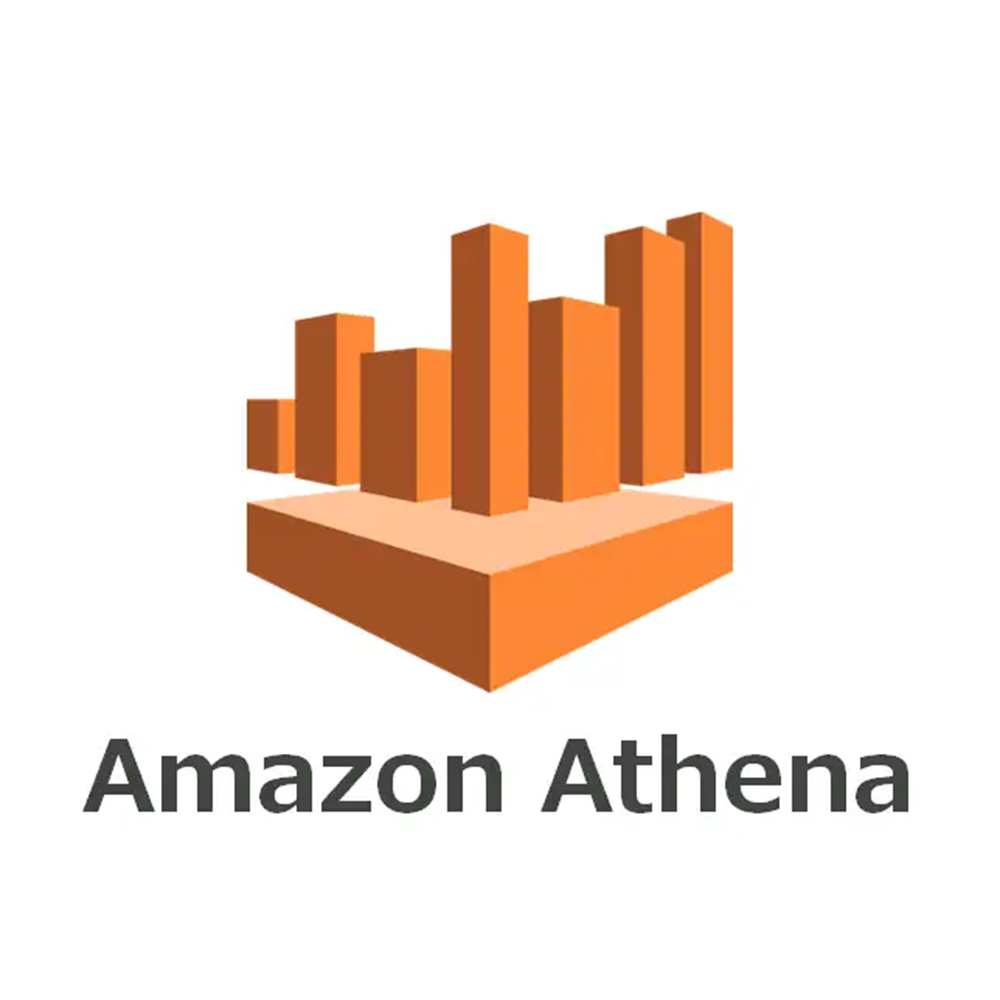
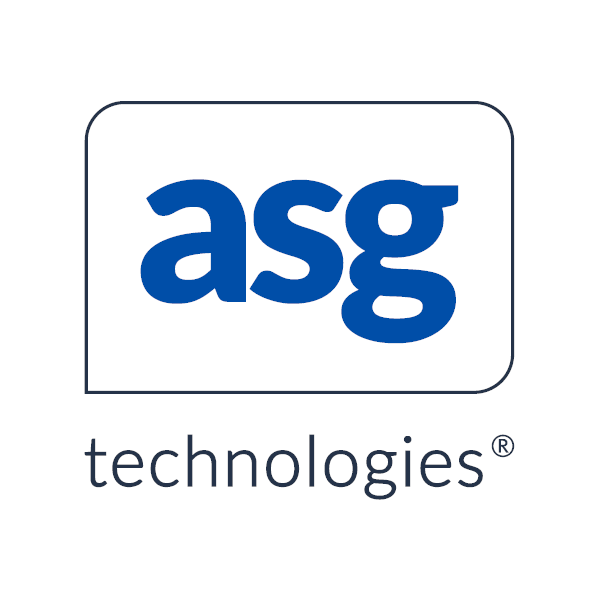
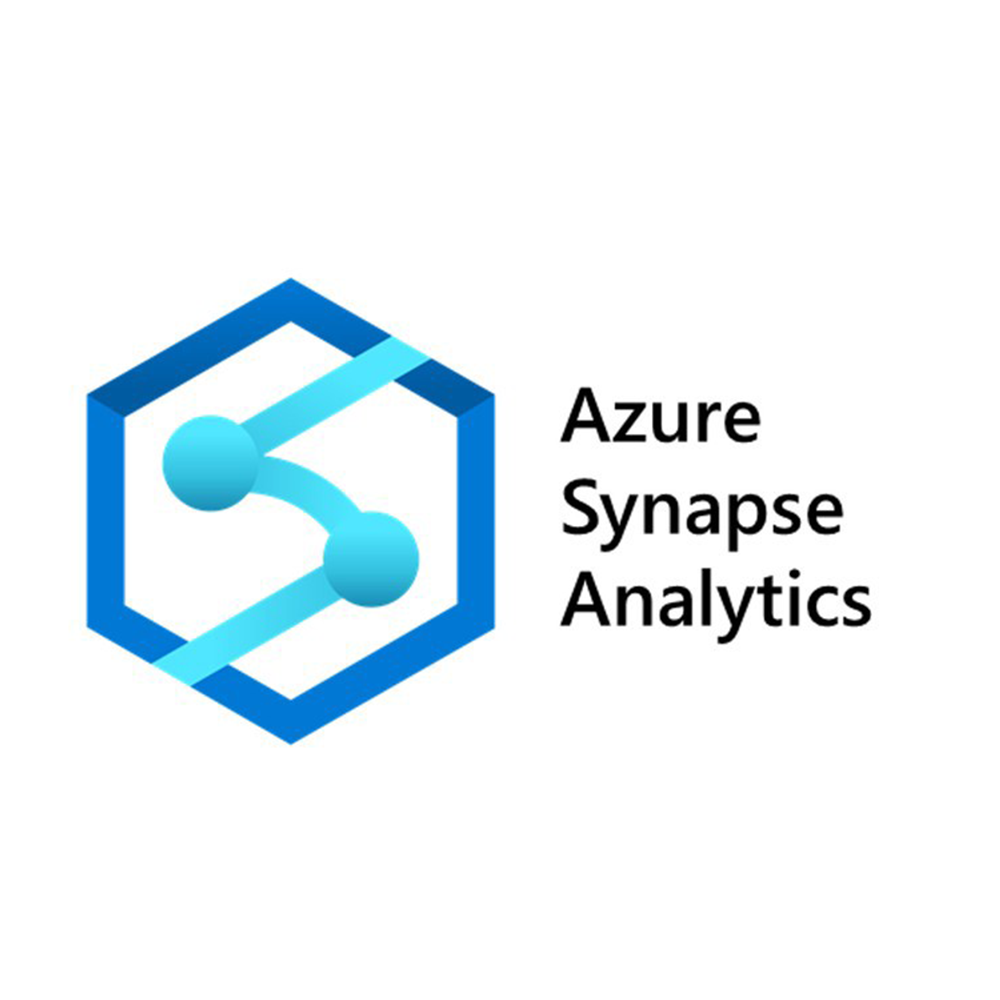
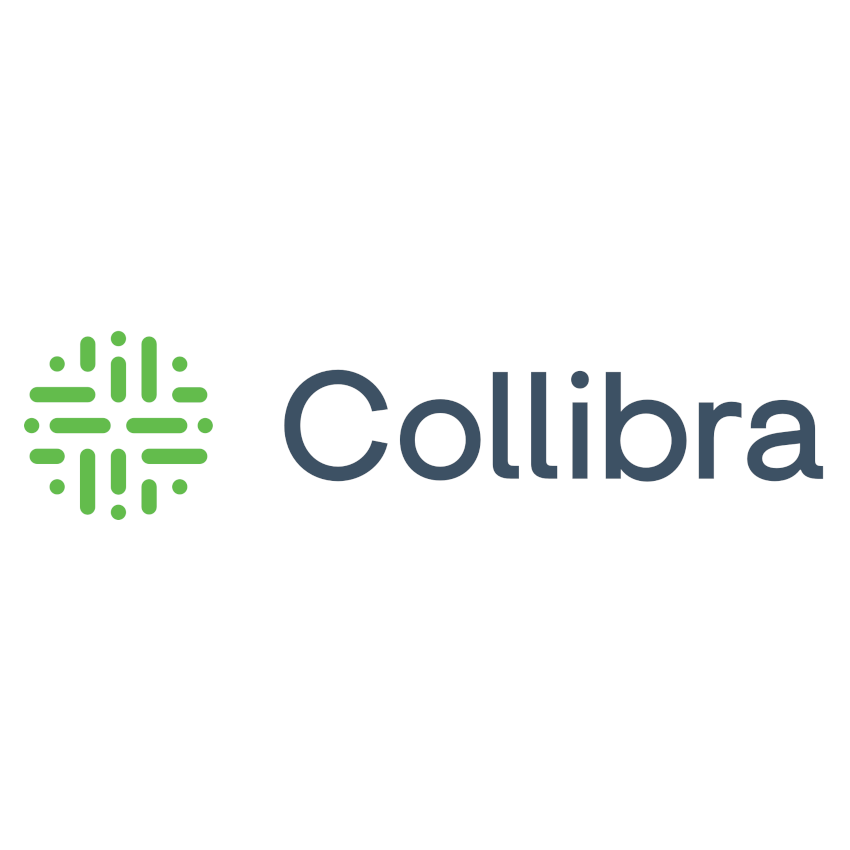
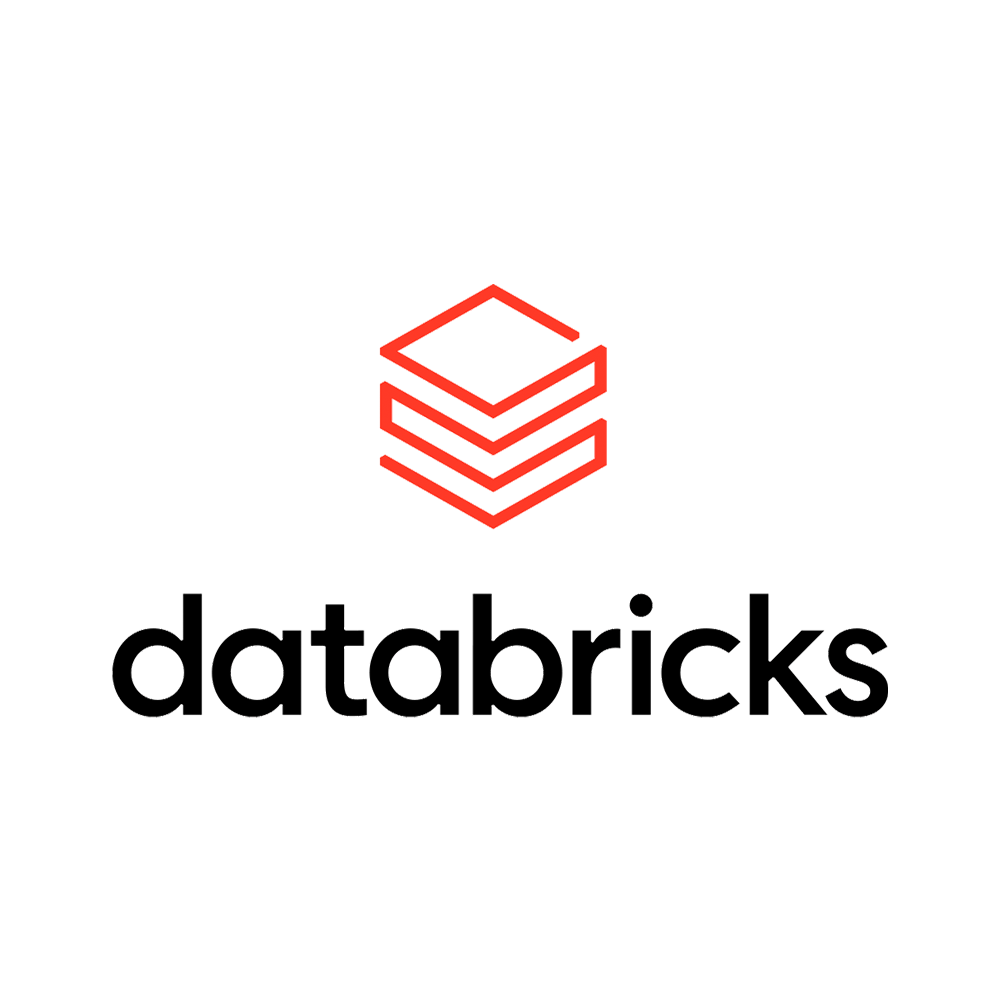
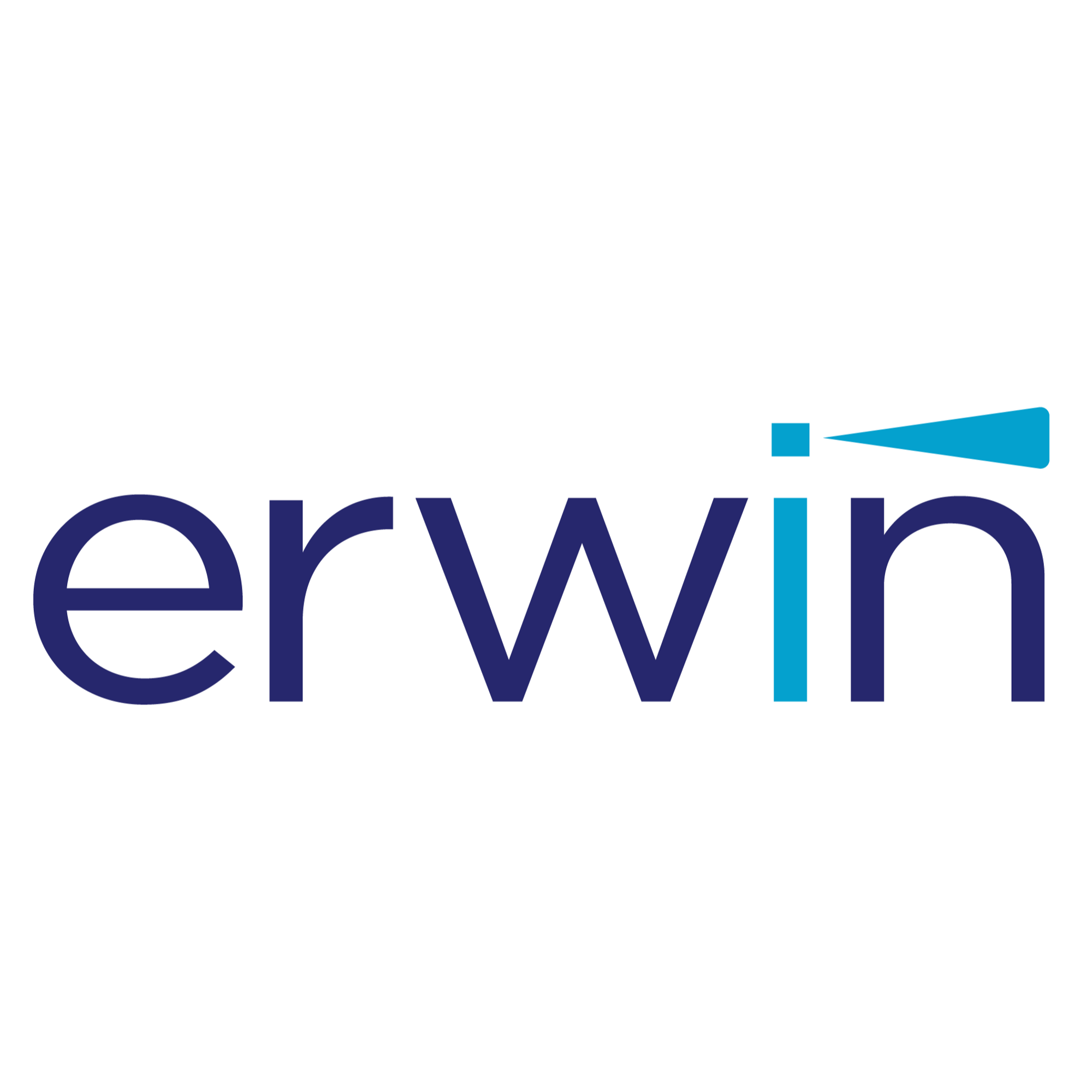
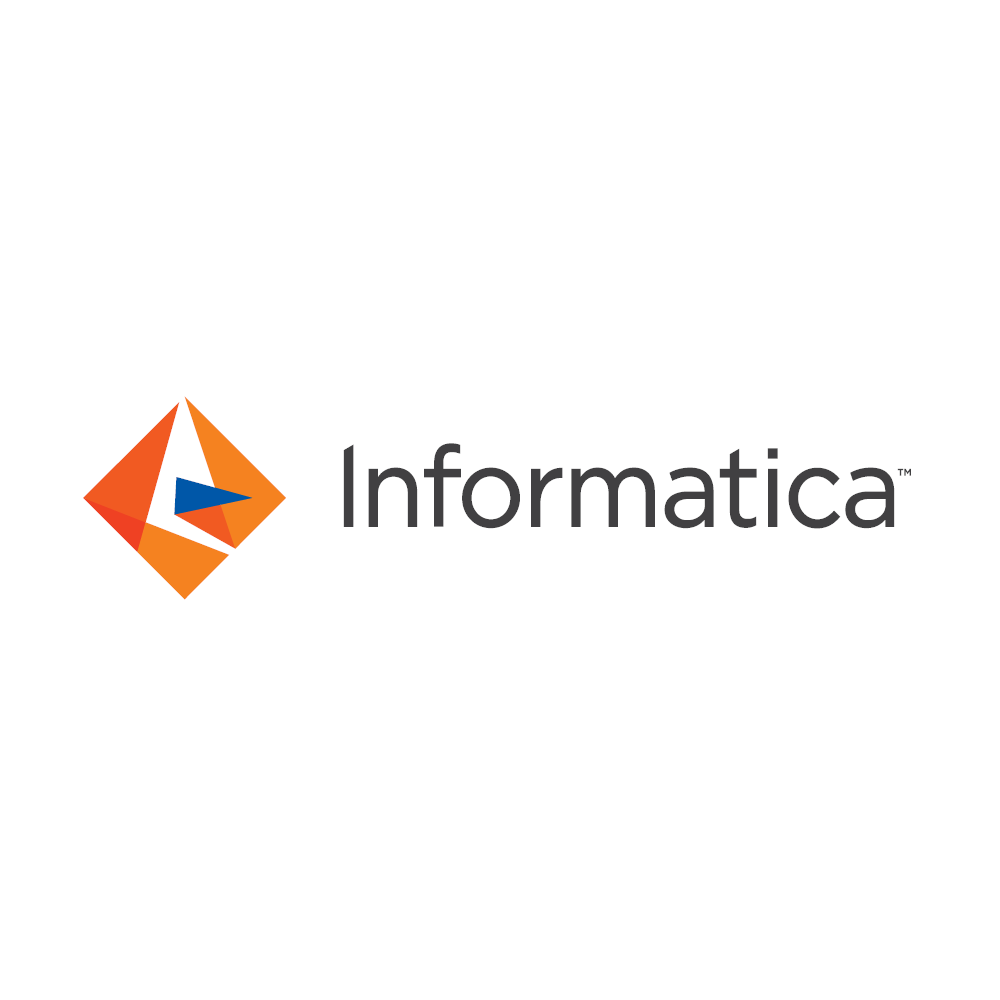
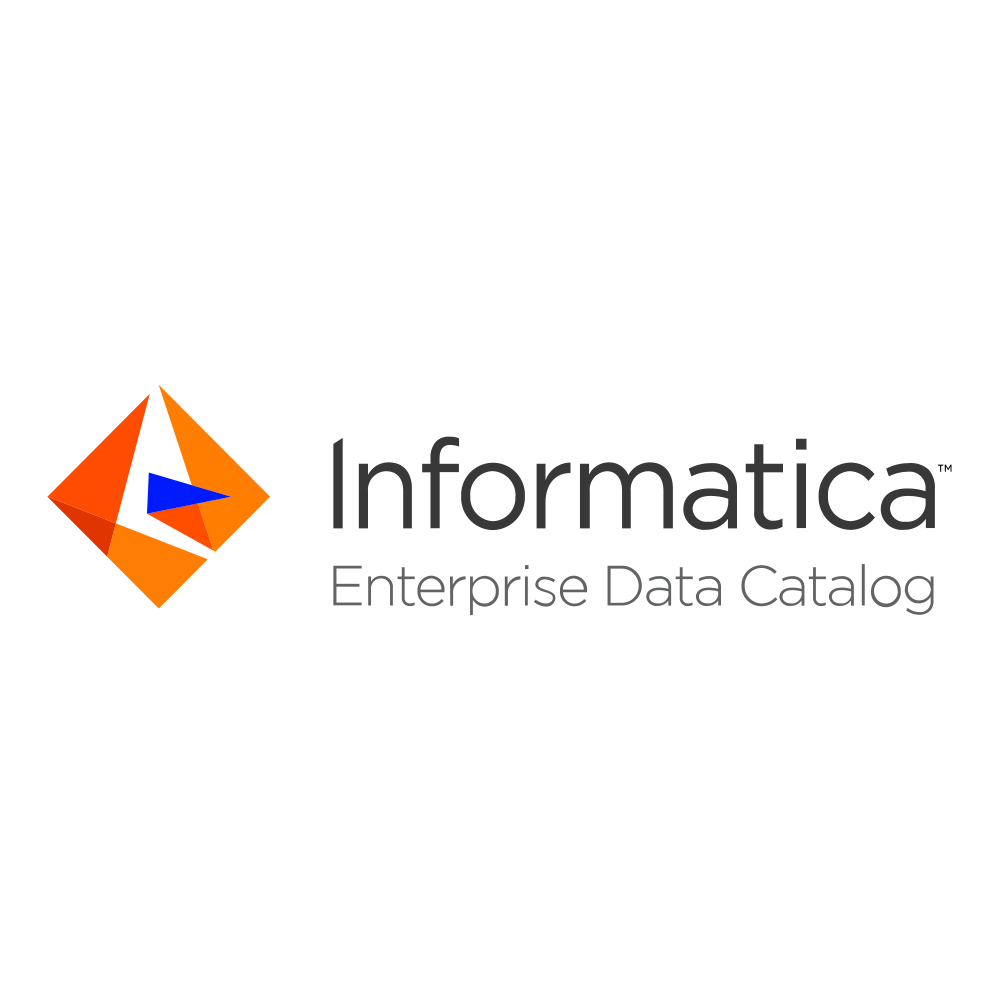
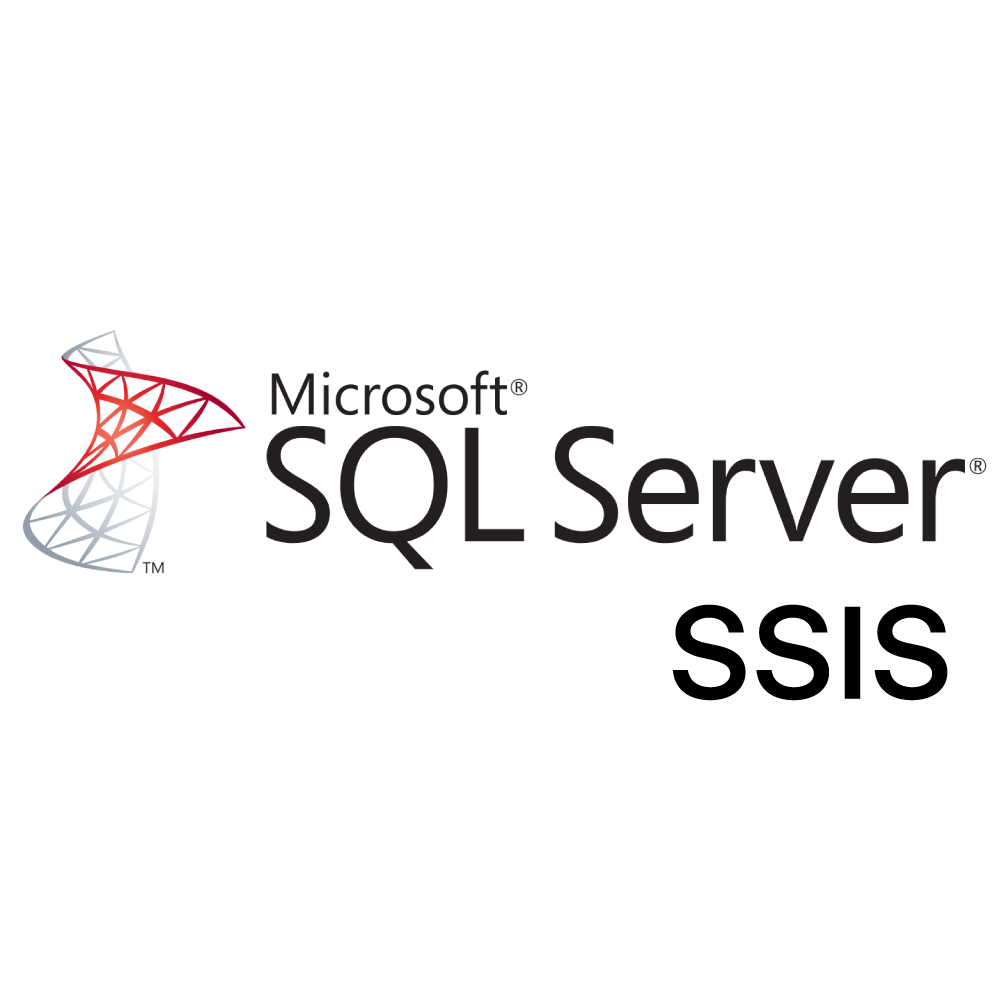
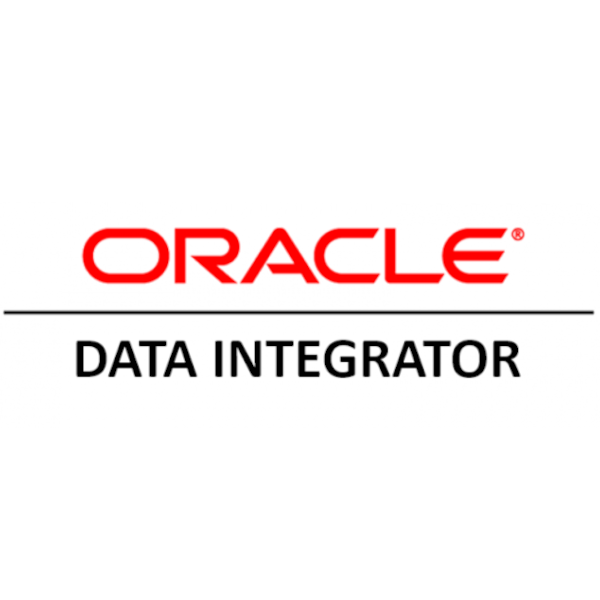
Select a logo to find out more.
Alteryx
The Alteryx Connector provides a detailed analysis of Alteryx workflows, presenting field-level lineage that tracks data flow from sources to end reports. Users can easily identify which fields from data sources are utilized in the report creation process, and the specific processing steps they undergo. The connector makes the workflow transparent, revealing the complete path of data flow from sources to targets. Additionally, by linking the output of the Alteryx connector to upstream data sources, users gain end-to-end lineage visibility, providing a comprehensive view of how their data is used.
What is harvested?
- Input nodes
- Intermediate nodes
- Output nodes
- Data types
Amazon Athena
The Amazon Athena connector analyzes Amazon Athena metadata to model a visualization of its tables and views in Solidatus.
What is harvested?
- Tables
- Views
ASG Data Intelligence
The ASG Connector imports structural lineage from ASG Rochade RNX XML export files into Solidatus. The connector supports fine-grained lineage as its default configuration. Lineage is also categorized by Business Application, which is presented as a separate layer in the same Solidatus Model for seamless exploration. It's fully configurable, so it's possible to extract all the data required for specialised use cases.
What is harvested?
- Database systems
- Data packages
- Databases
- Schemas
- Tables and views
- Record types
- Fields
- Field-level lineage
Azure Synapse
The Azure Synapse connector analyzes Azure Synapse metadata to create a model of its tables and views in Solidatus.
What is harvested?
- Tables
- Views
Collibra
The Collibra connector offers both import and export capabilities. It connects to a Collibra instance and extracts assets as well as their relevant relations and attributes at a community or domain grouped level. Users can also use their Solidatus models as templates to create organizational elements in Collibra.
What is harvested?
- Communities
- Domains
- Assets
- Attributes
- Relations
Databricks
The Databricks connector analyzes Databricks metadata to model a visualization of its tables and views in Solidatus.
What is harvested?
- Tables
- Views
Erwin Data Modeler
The Erwin Data Modeler empowers organizations to unlock the full capabilities of data modeling and strengthen their data governance. Through the Erwin connector, users can extract data models and seamlessly integrate them with enterprise governance, regulatory frameworks, enterprise taxonomies and other artefacts within the platform. This integration allows for a comprehensive visualization, analysis, and query of intricate connections between data models and other related artefacts.
What is harvested?
- Domains
- Entities/tables
- Attribute/column
- Entity/table Key
- Relationships
- Views
- View columns
- Validation rules
Informatica PowerCenter (IPC)
The Informatica PowerCenter connector performs a deep analysis of Informatica ETL jobs in order to discover end-to-end field-level data lineage describing what data is sourced, how it's manipulated and where it is stored. This lineage metadata can be captured and stitched with other metadata in the Solidatus ecosystem including other data schemas, BI tooling, stored procedure lineage, etc. The end-to-end lineage is not only captured at a fine grained level – any changes within it are detected so that change is always governed and understood.
What is harvested?
- Workflow XML files
- Sessions
- Transformations including filters, expressions, routers, lookups, mapplets and source qualifiers.
- Parameter files
- SQL overrides
Infomatica EDC
The Informatica EDC connector performs analysis on the source system to generate a structure of the assets within its resources. It also displays the associations between them via a column-to-column lineage.
What is harvested?
- Resources
- Tables
- Columns
- Column-to-column lineage
- Custom and Default Attributes
Microsoft SSIS
With the SSIS connector, users can extract lineage for Dataflow tasks from their SSIS workflows. It analyzes specific jobs by ingesting .dtsx files and then exports tasks, transformations, sources, and targets into intuitive visualizations. This gives users better oversight and governance over their data environment, allowing for easier navigation and control.
What is harvested?
- Control Flows
- Data Flow Tasks (Pipelines)
Oracle Data Integrator (ODI)
The Oracle Data Integrator connector performs a deep analysis of ODI jobs to automatically discover field-level data lineage. With the connector, Solidatus uncovers the complex flows within ODI transformations and can link these with the rest of the Solidatus ecosystem including other database sources, ETL jobs, manual transformations, etc. Furthermore, it can overlay this information with business glossary details and other business intelligence.
What is harvested?
- Data source schemas
- Data target schemas
- Transformation mappings between sources/targets
- Step-by-step transformation lineage
Database connectors

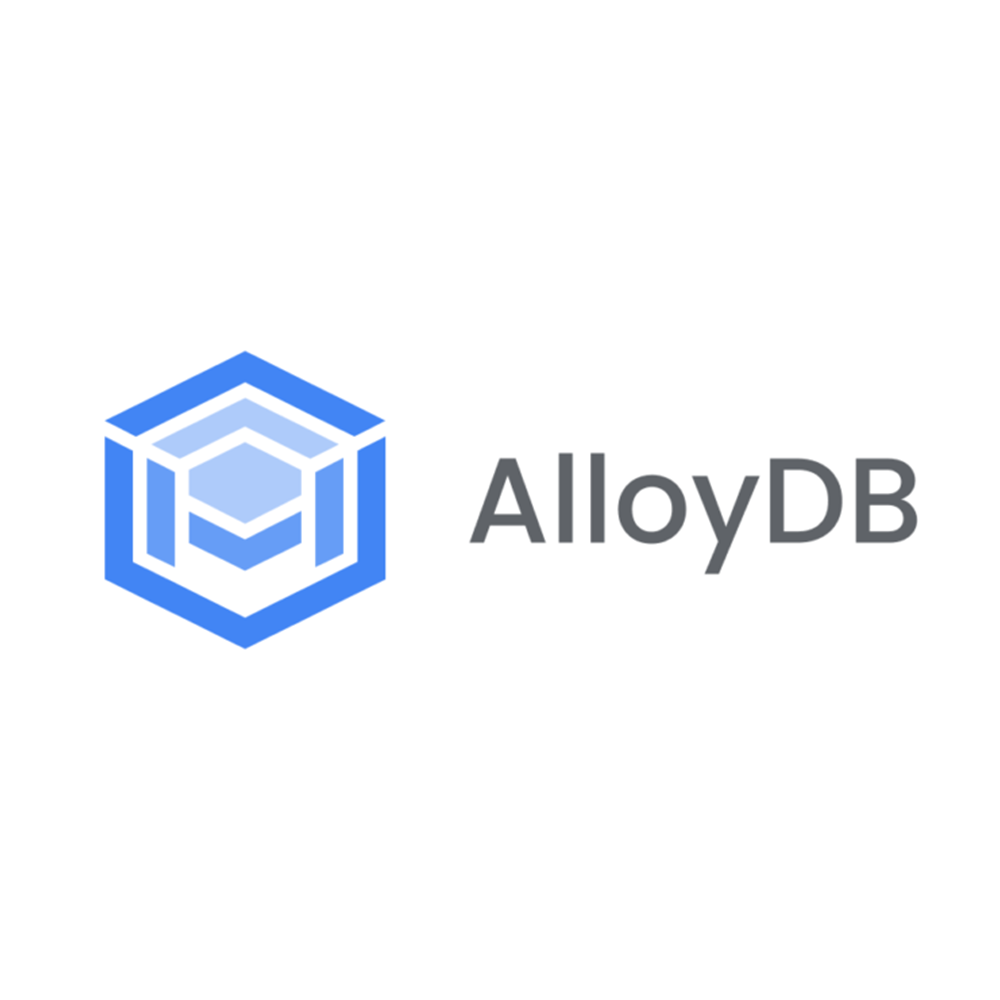
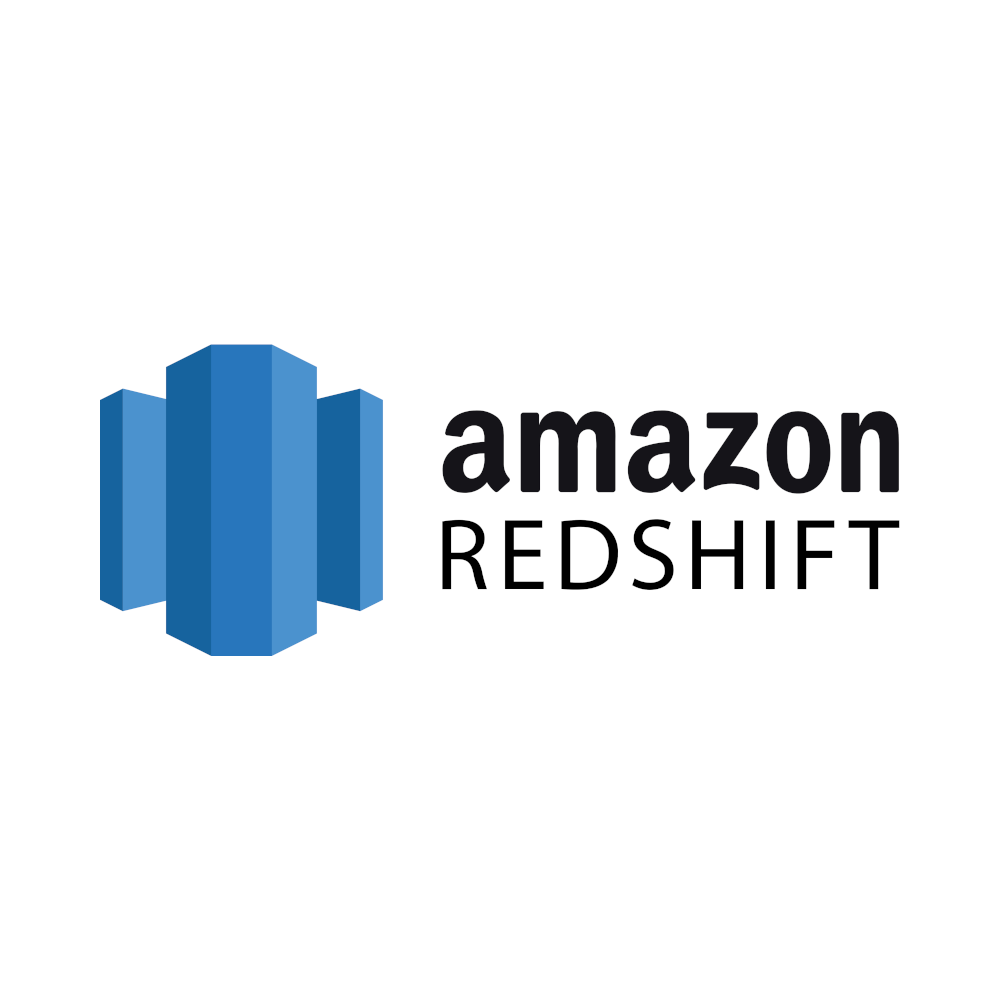
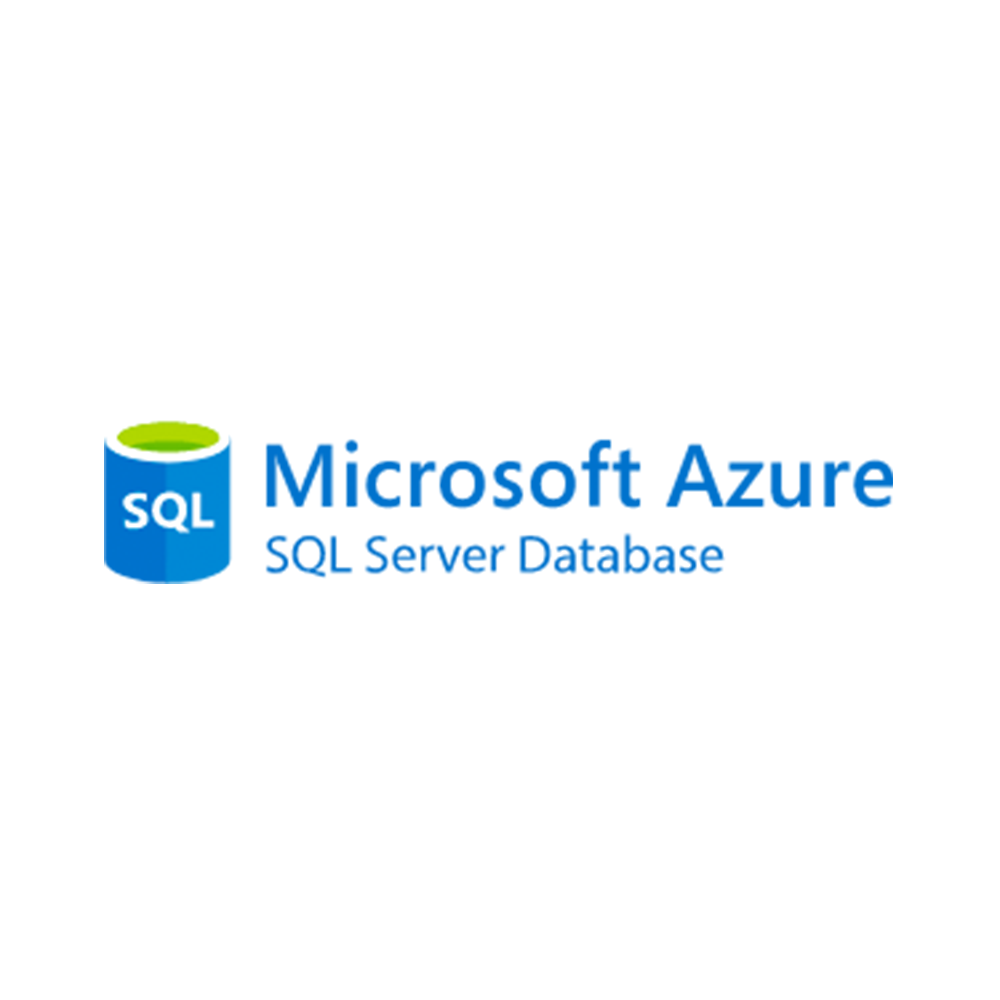
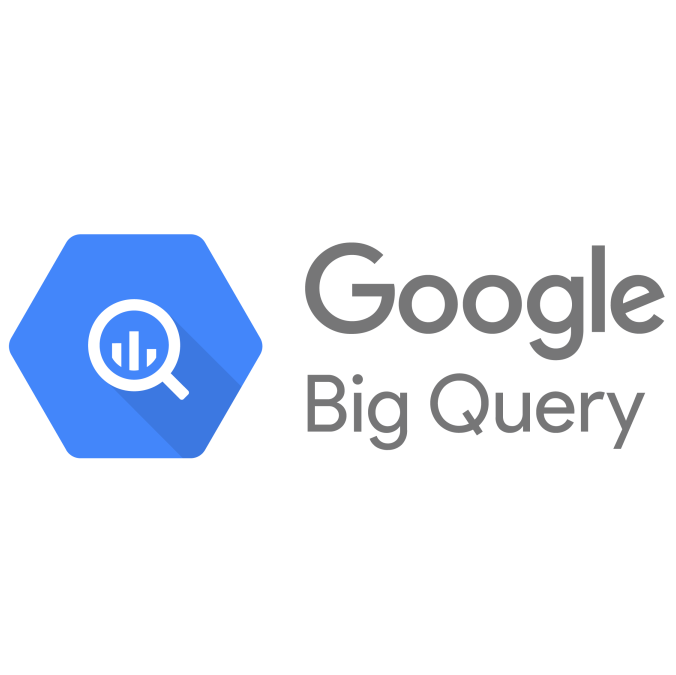
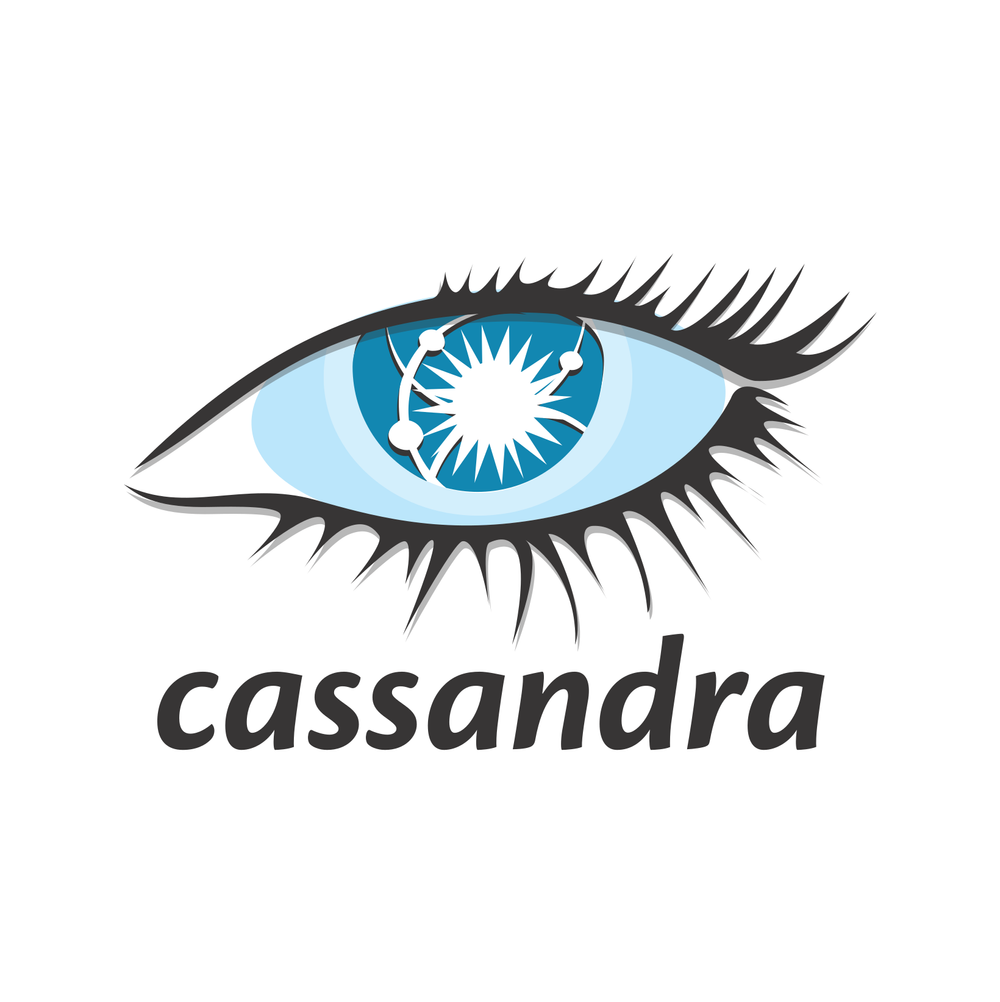
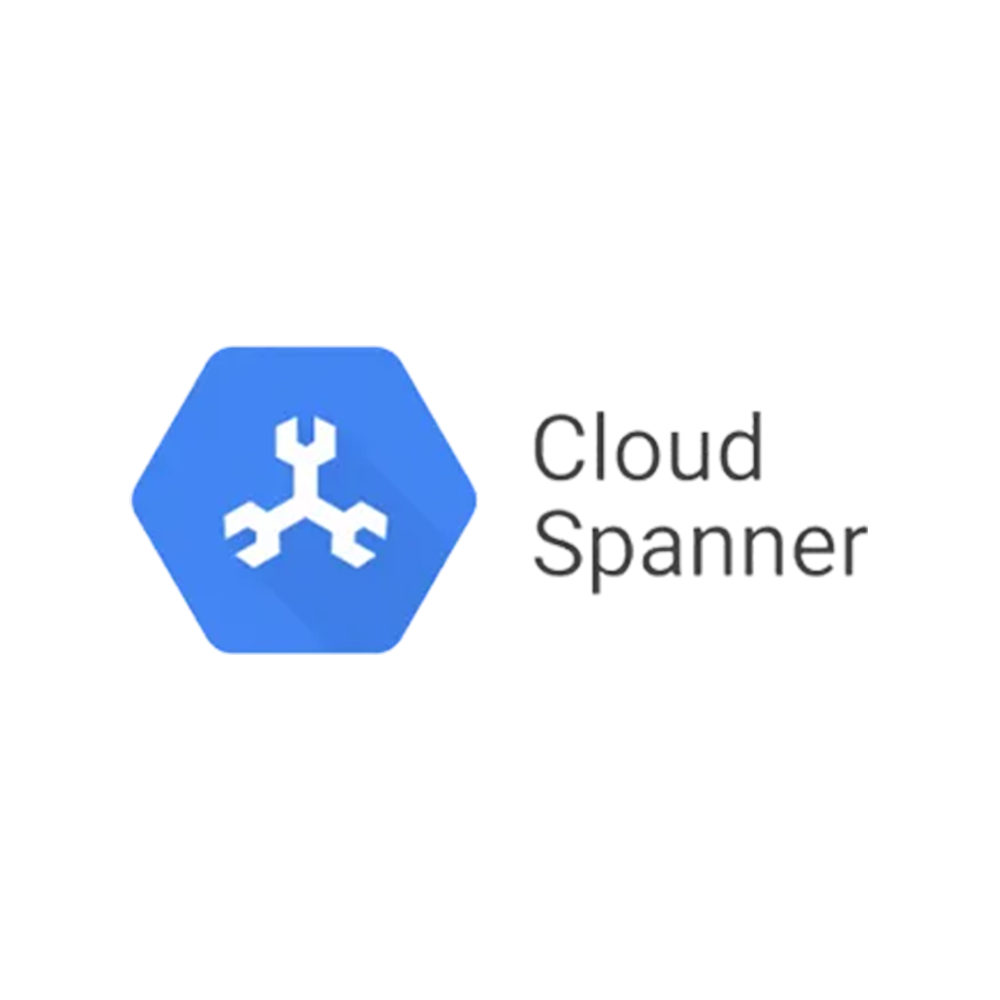
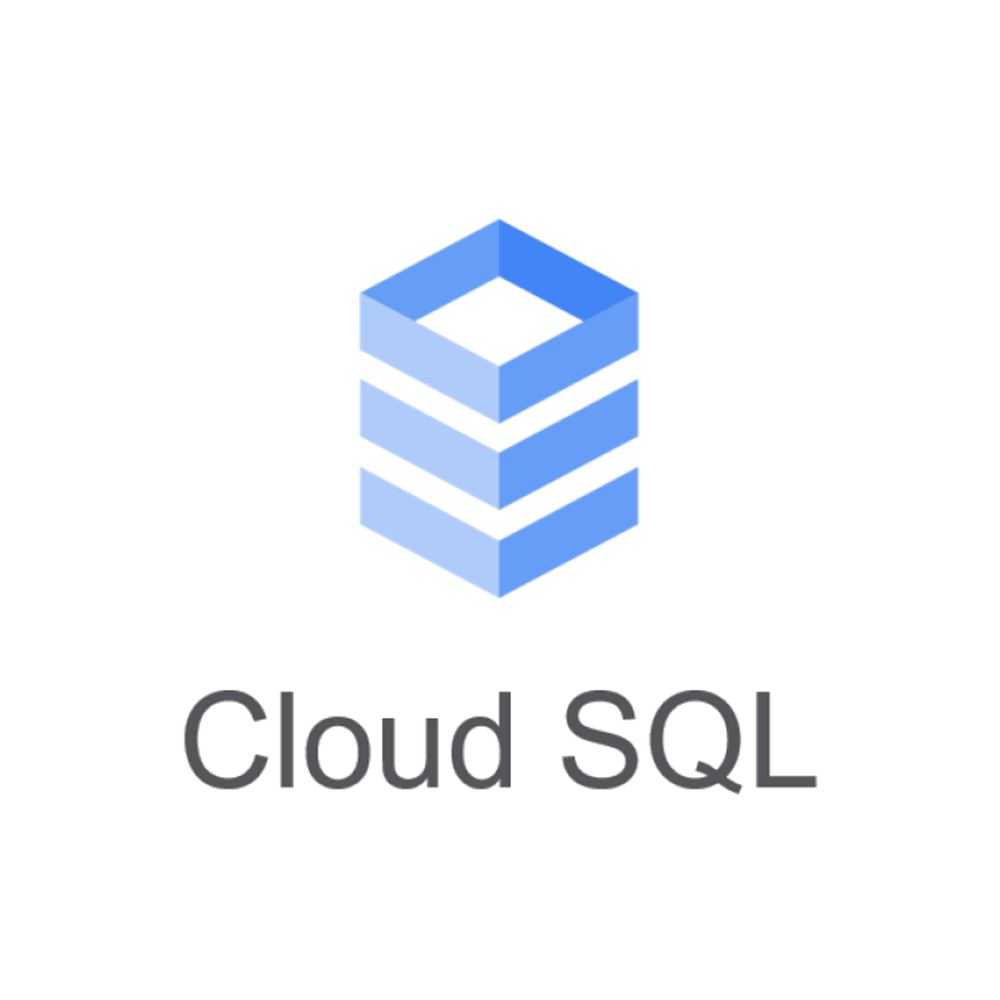
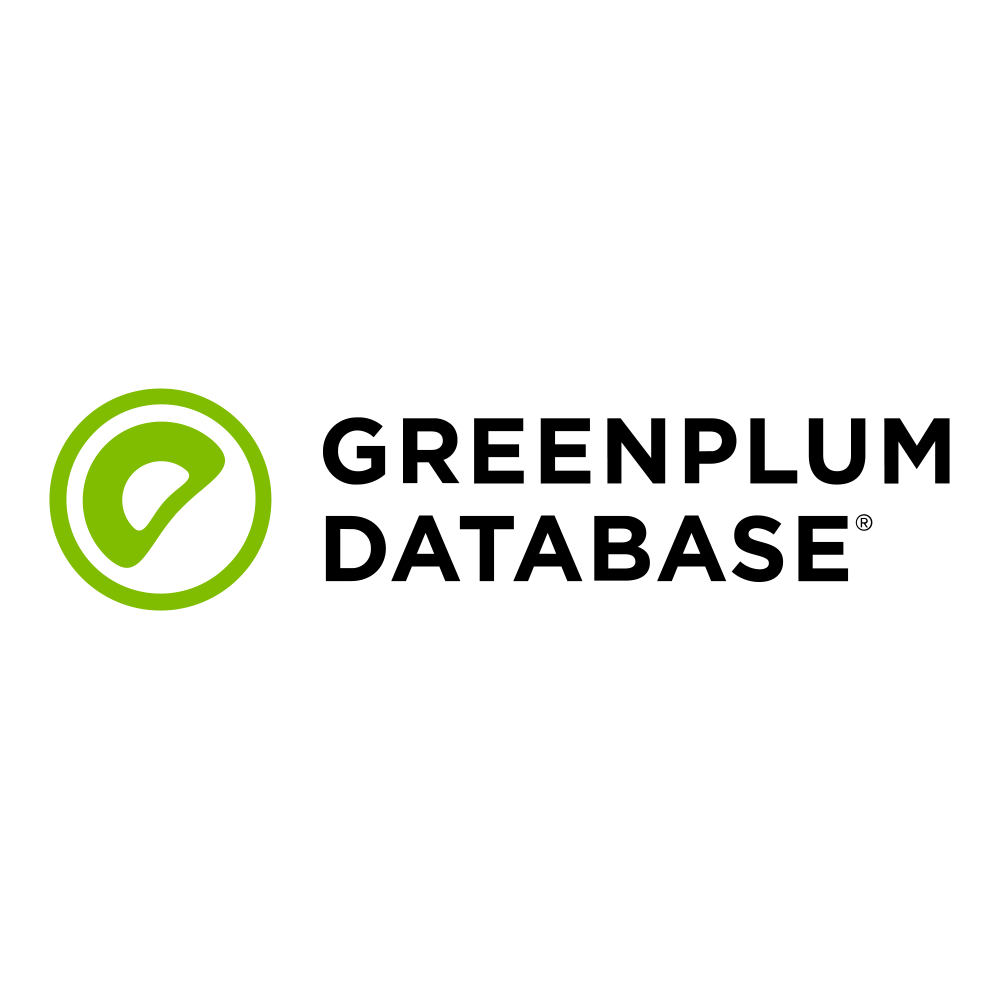
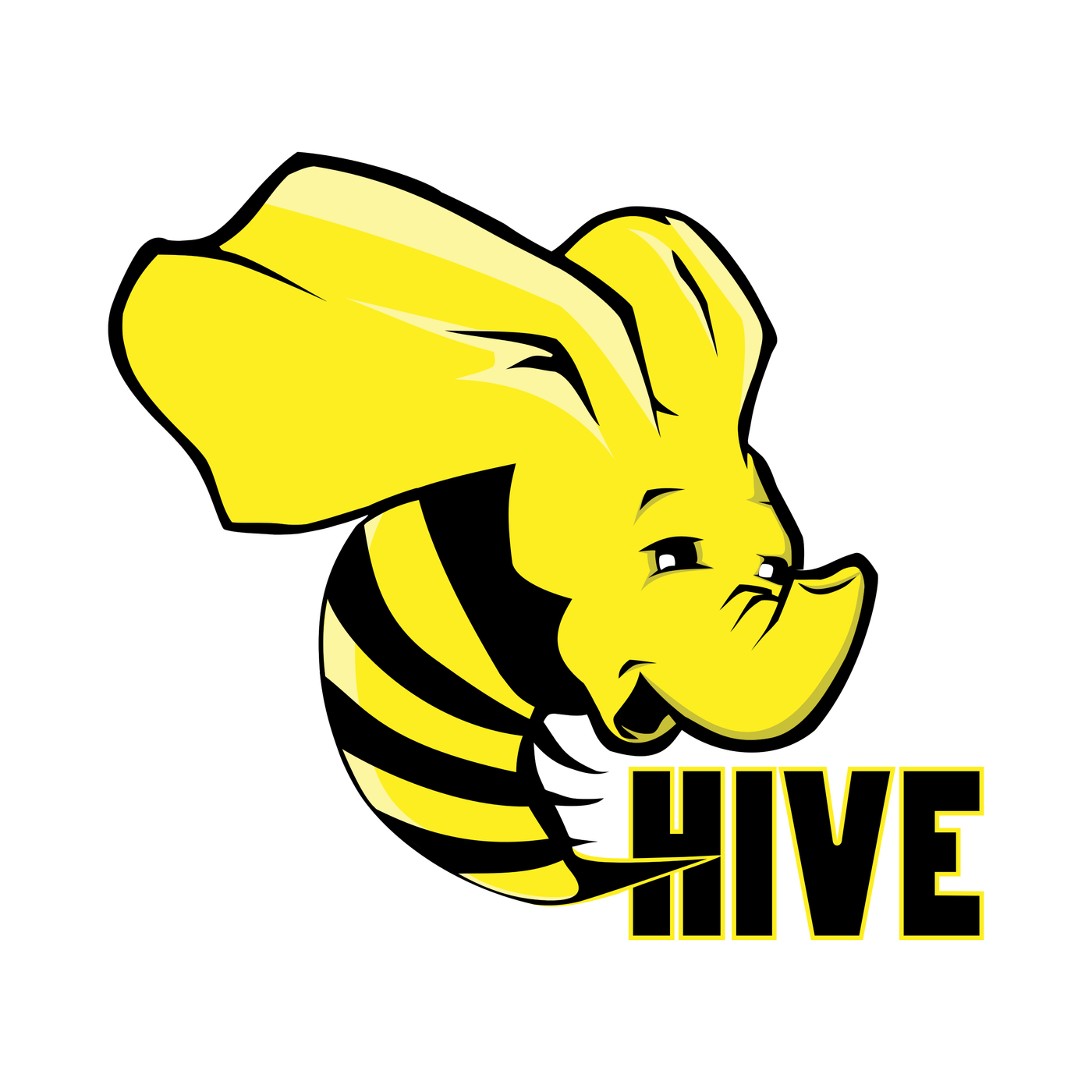
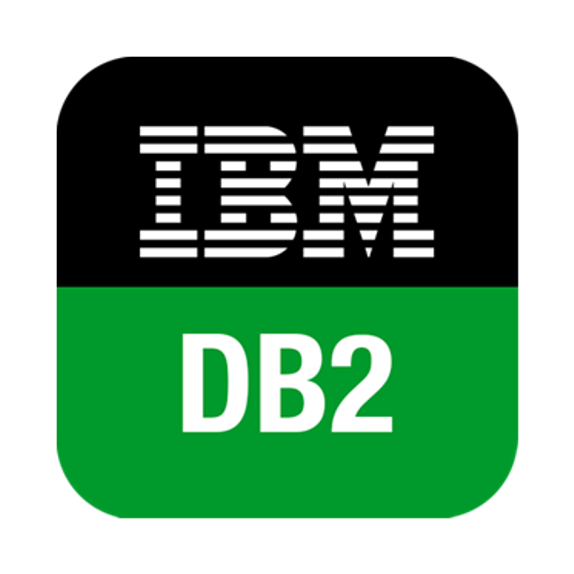

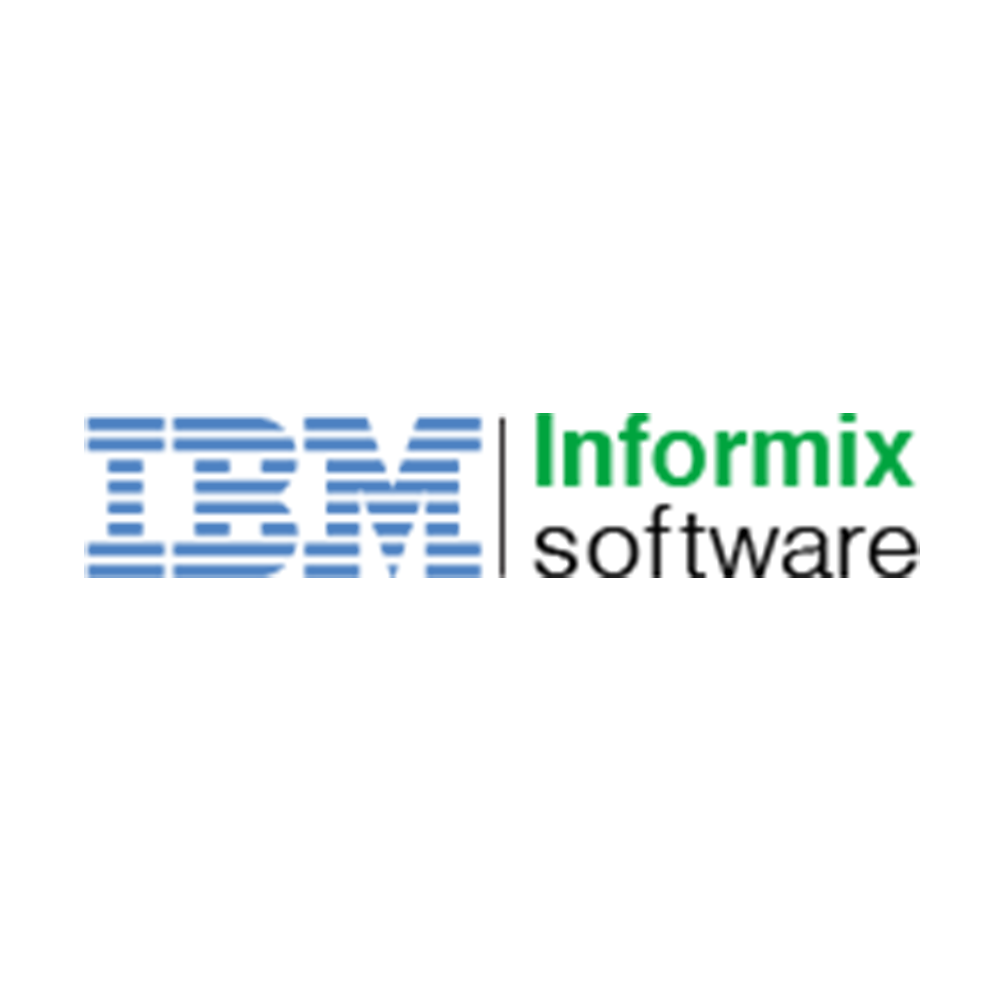
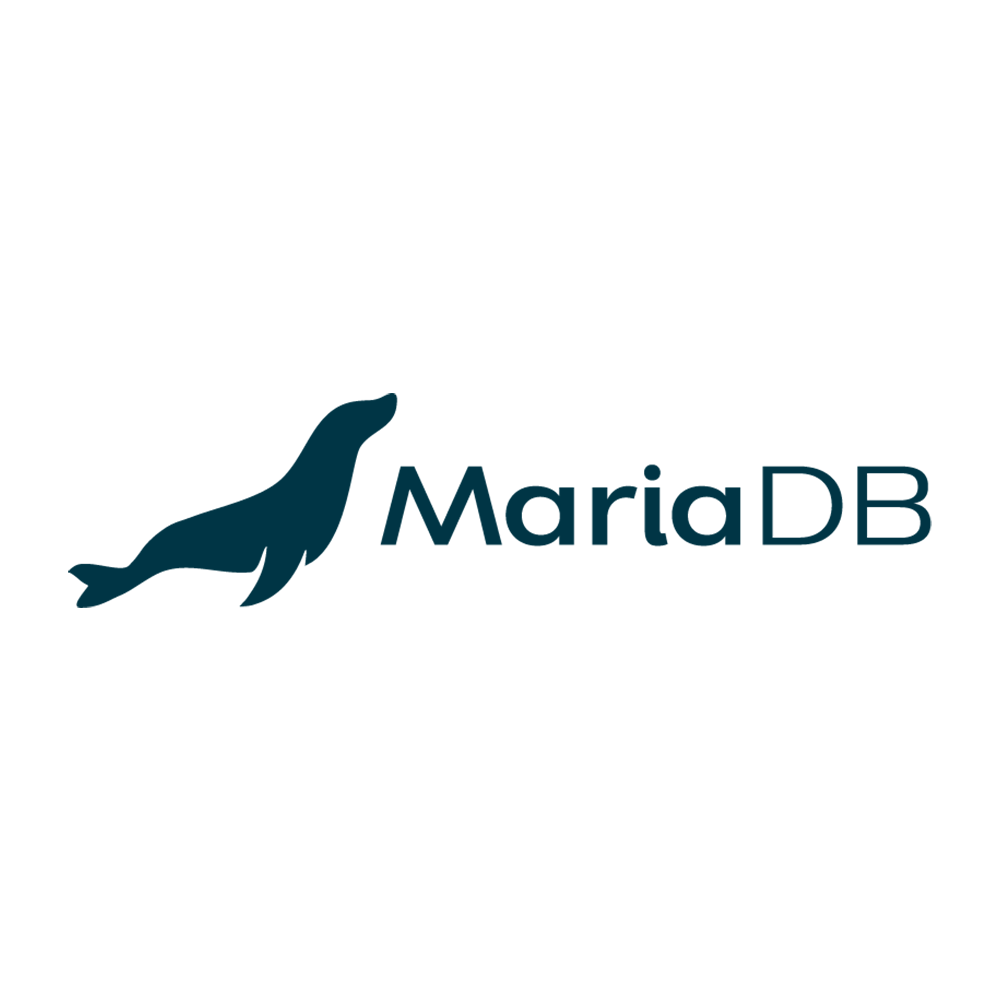
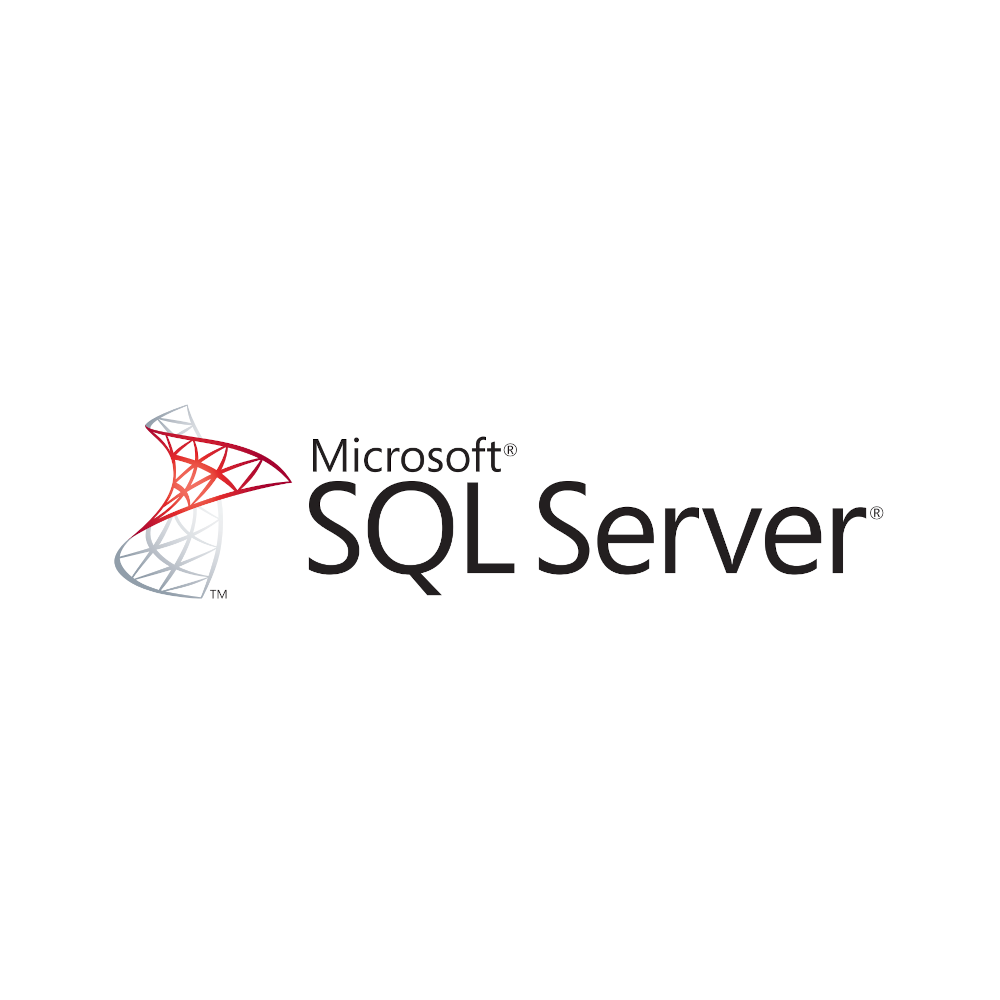
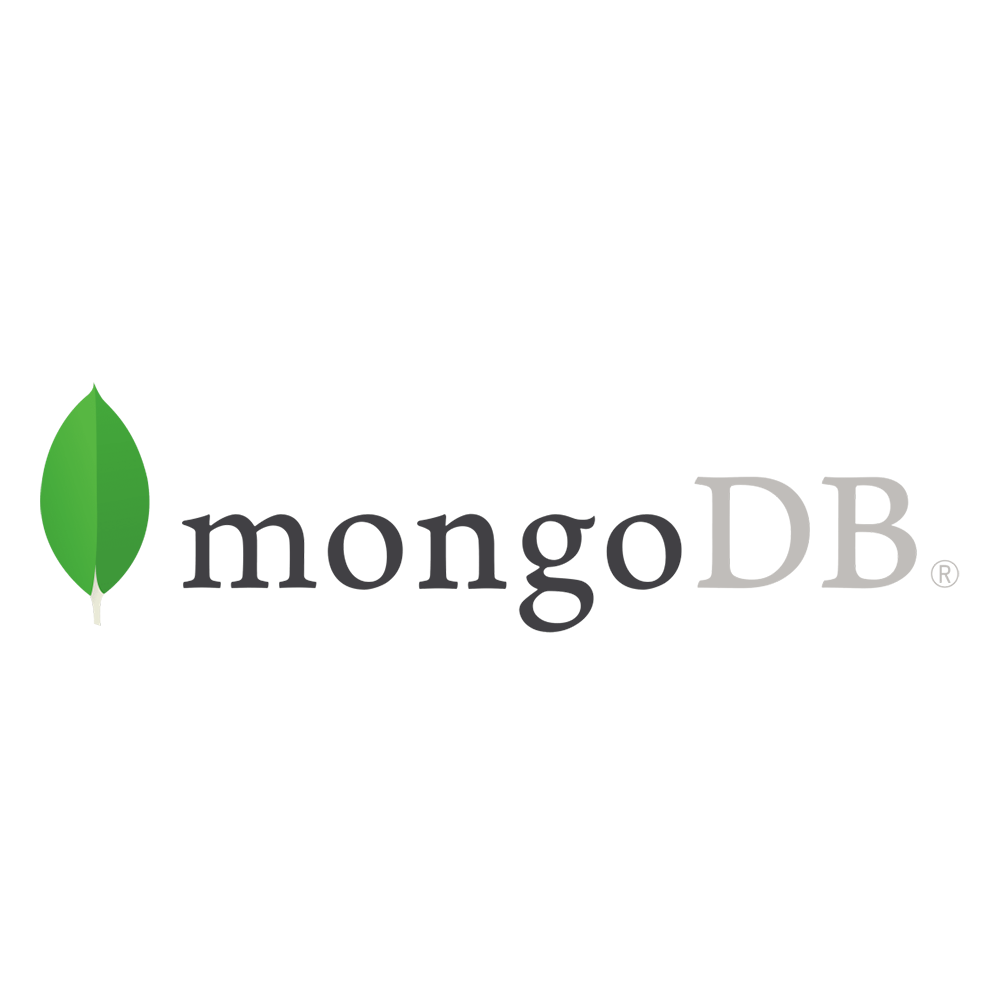
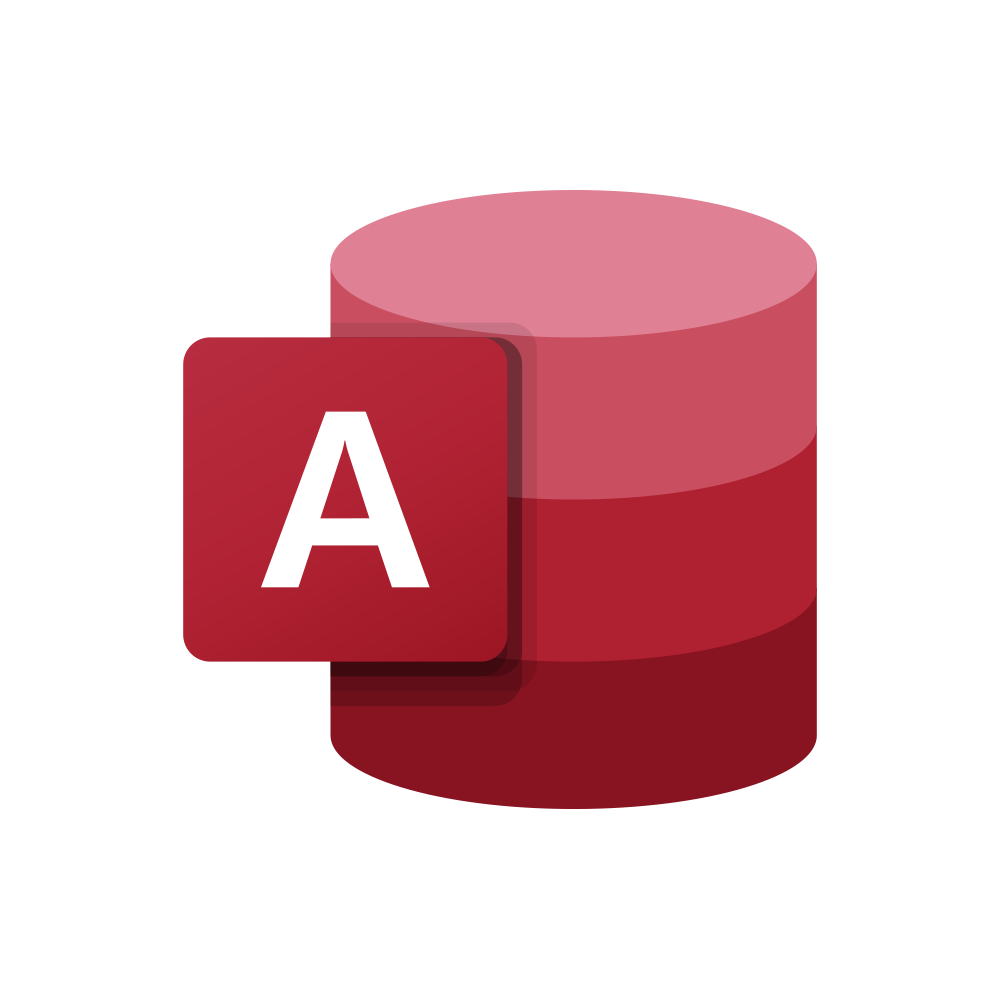

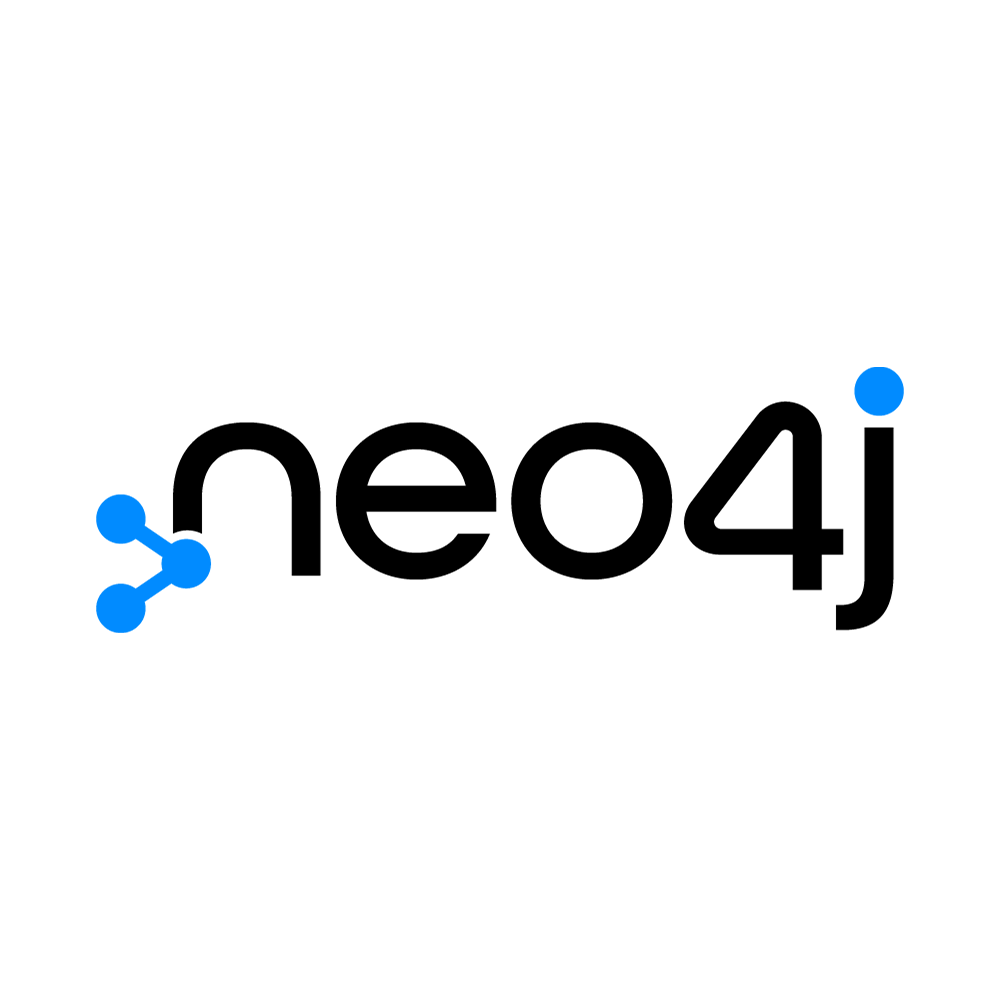
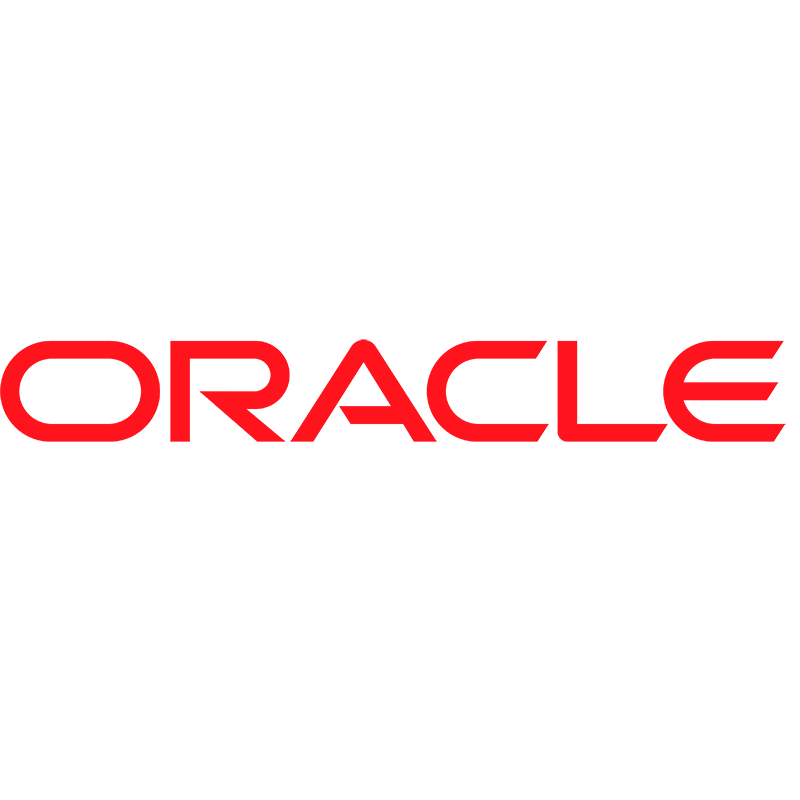
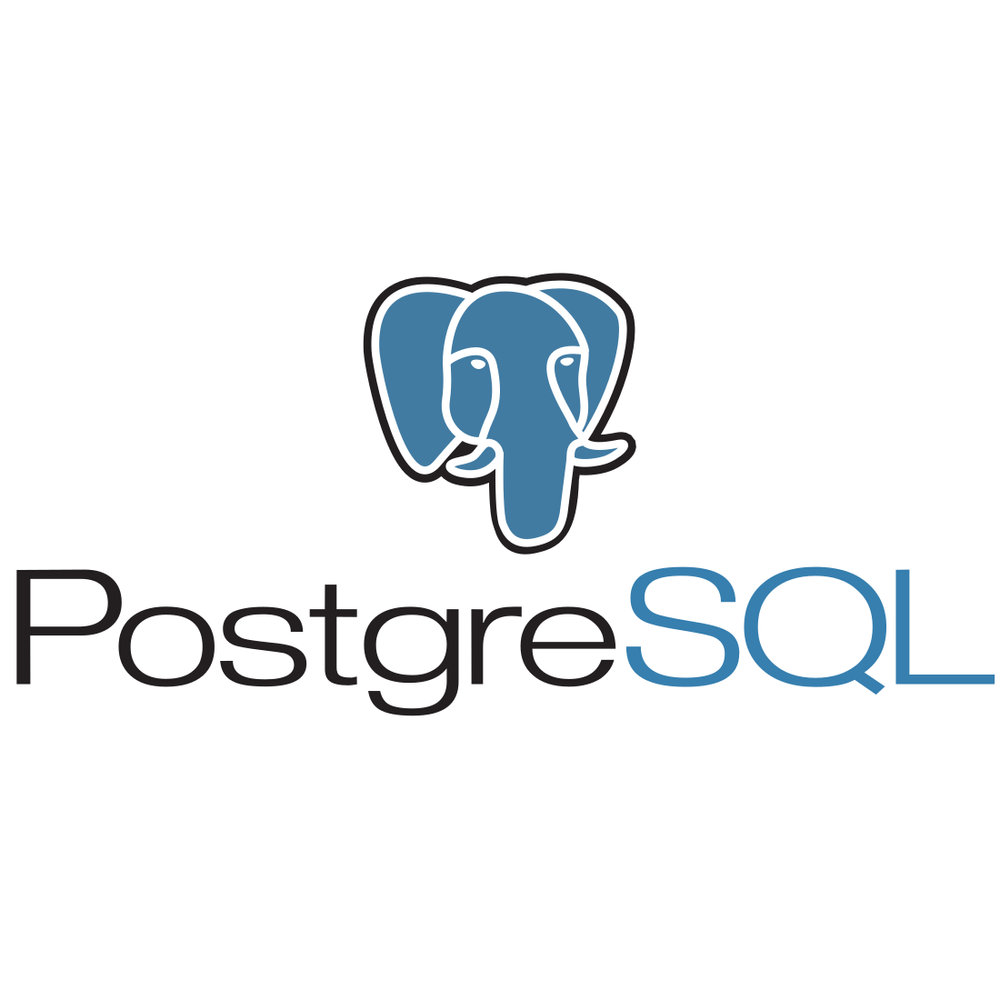
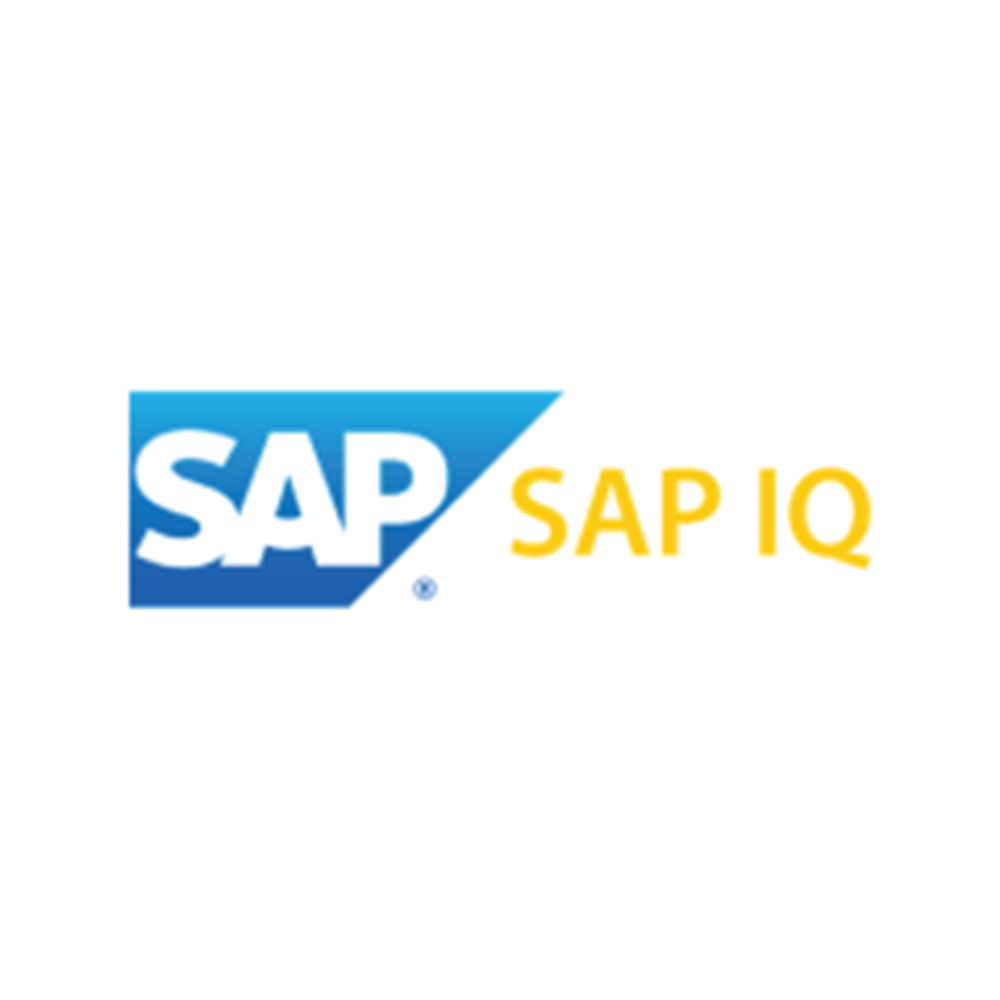
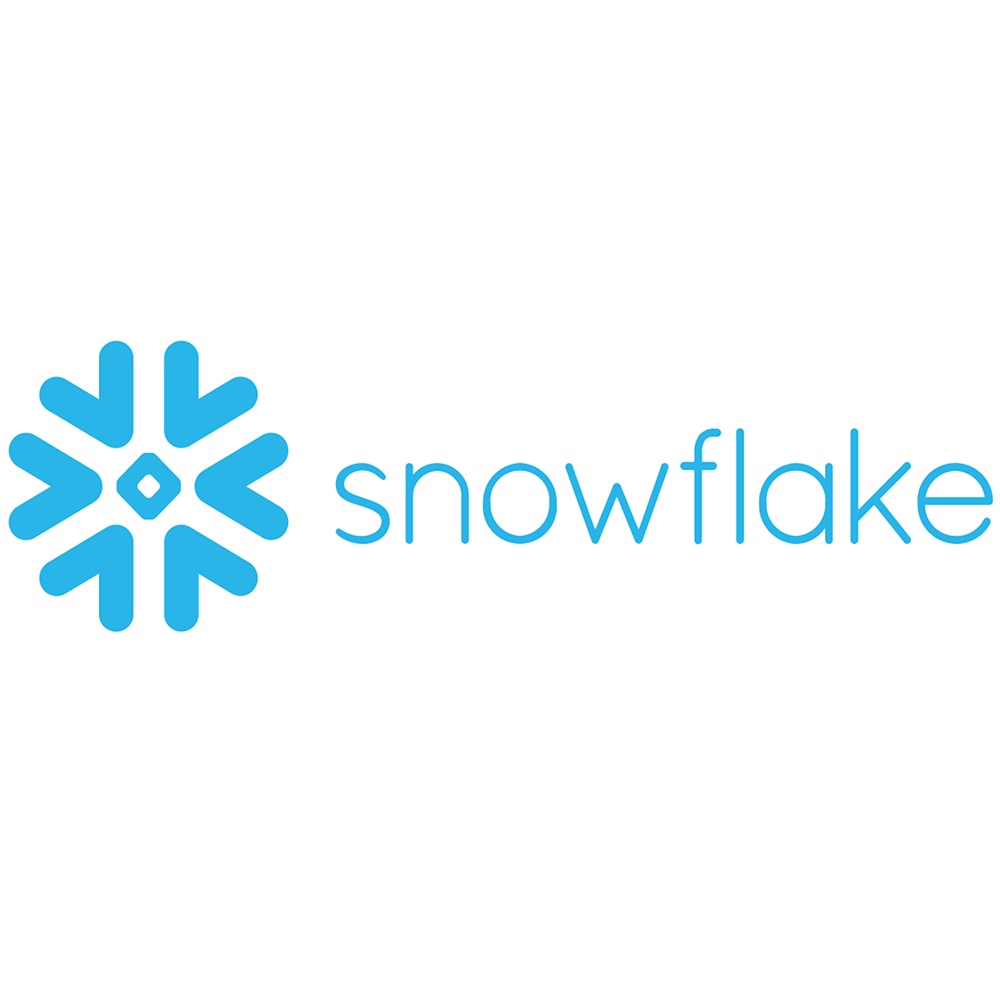
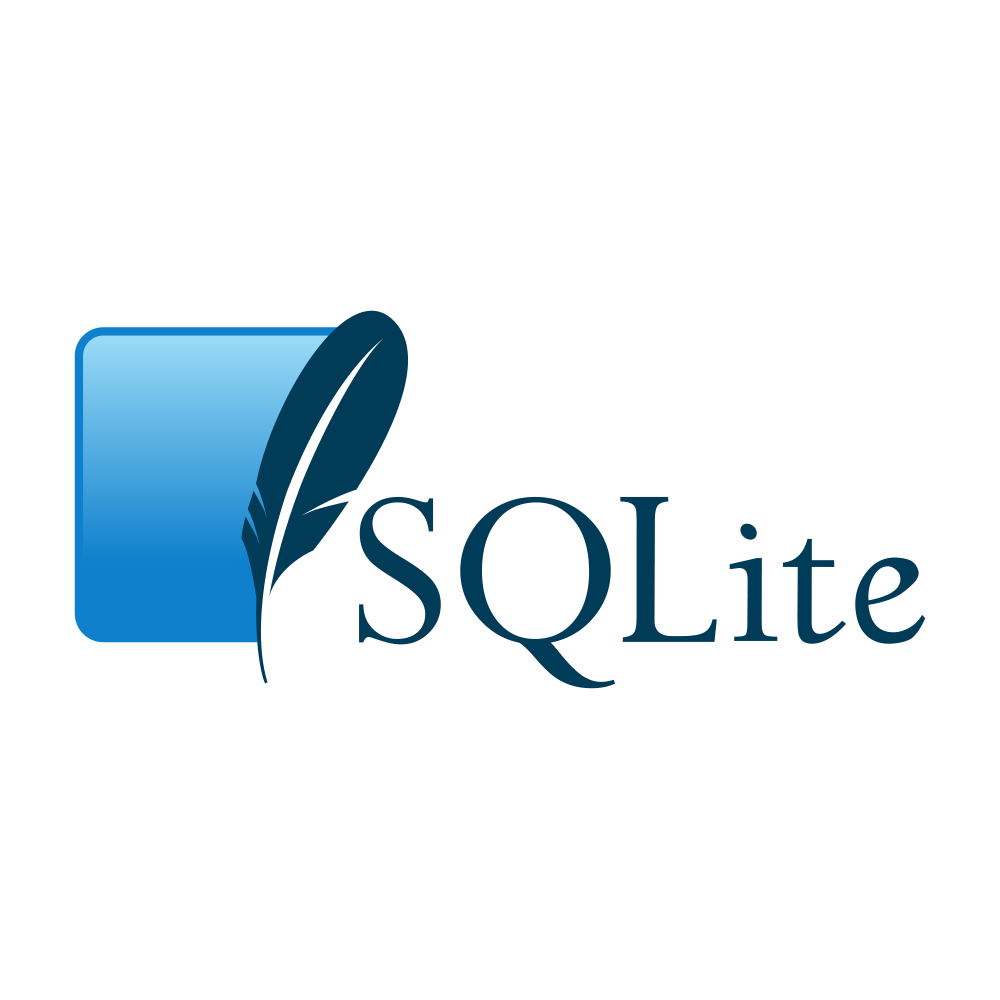
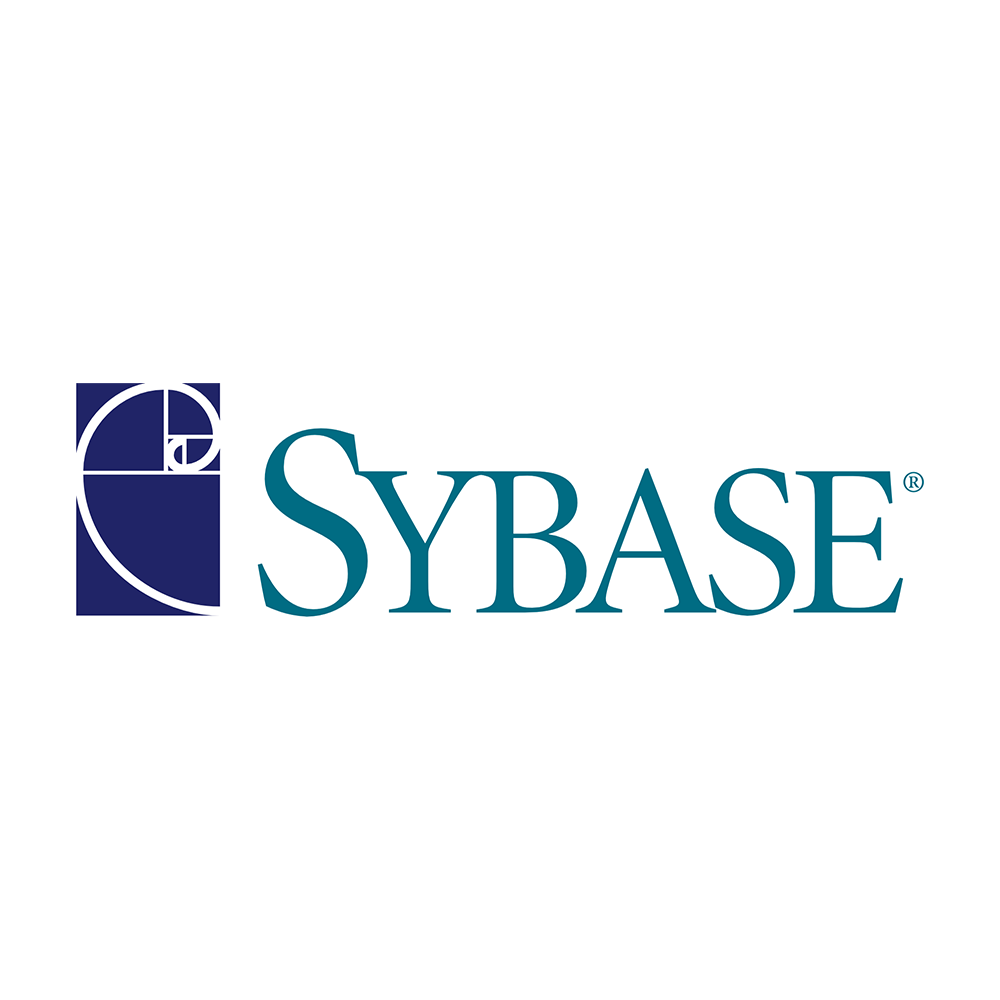
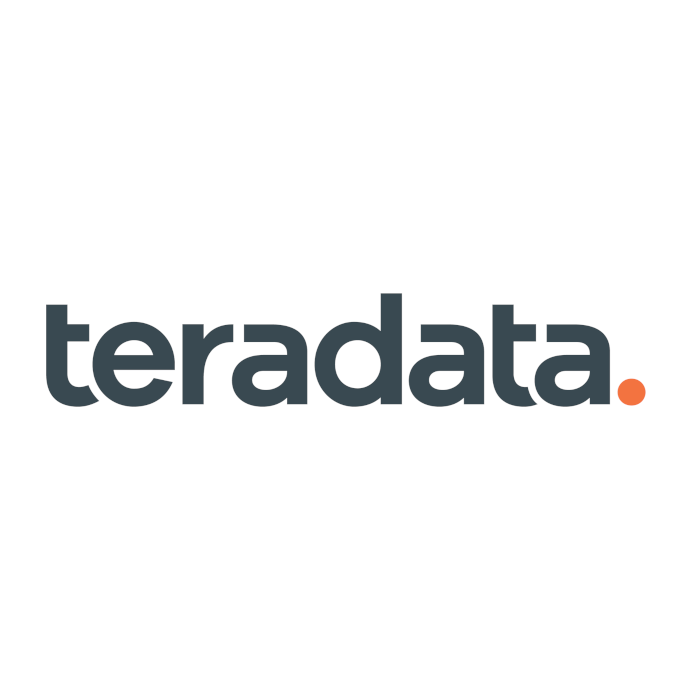
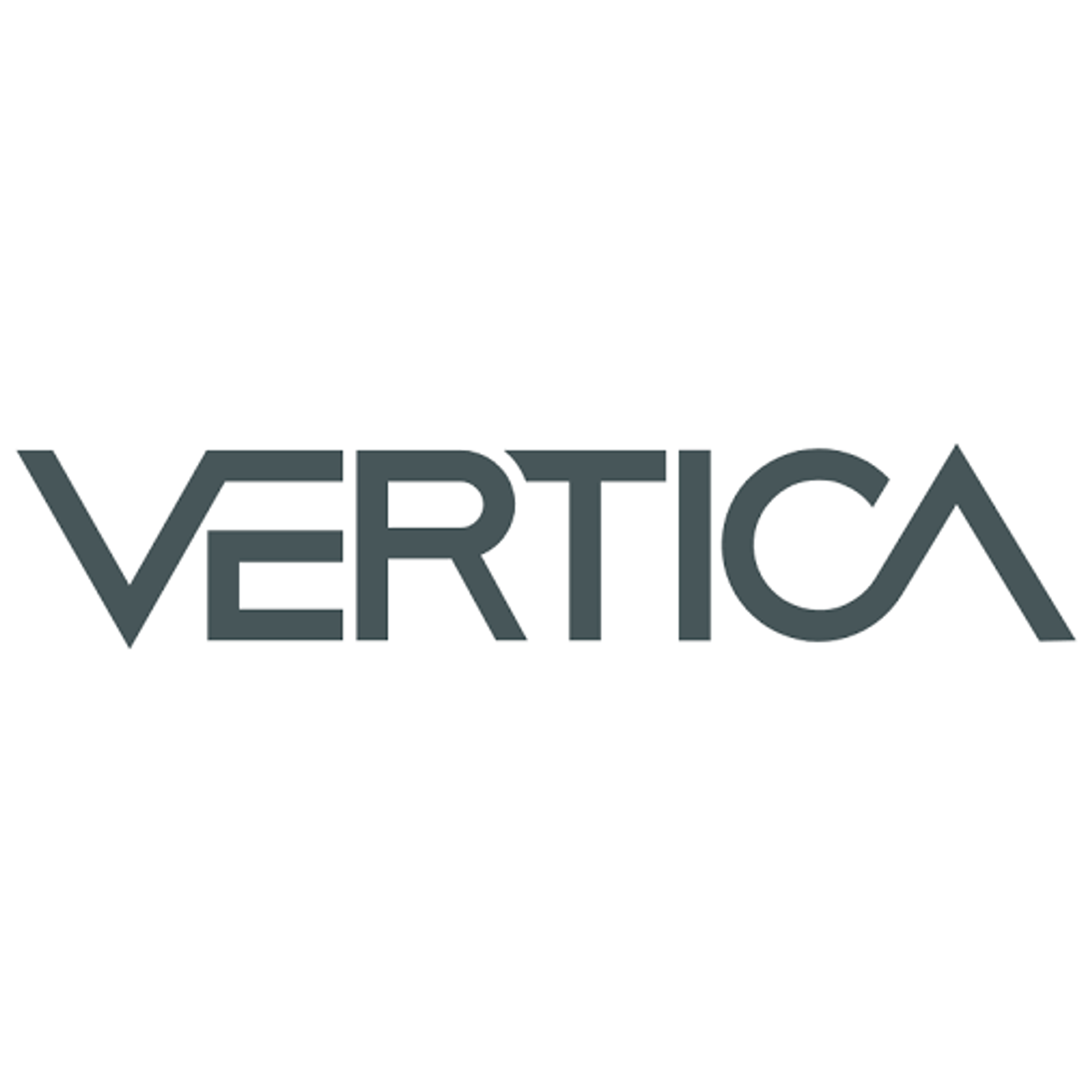
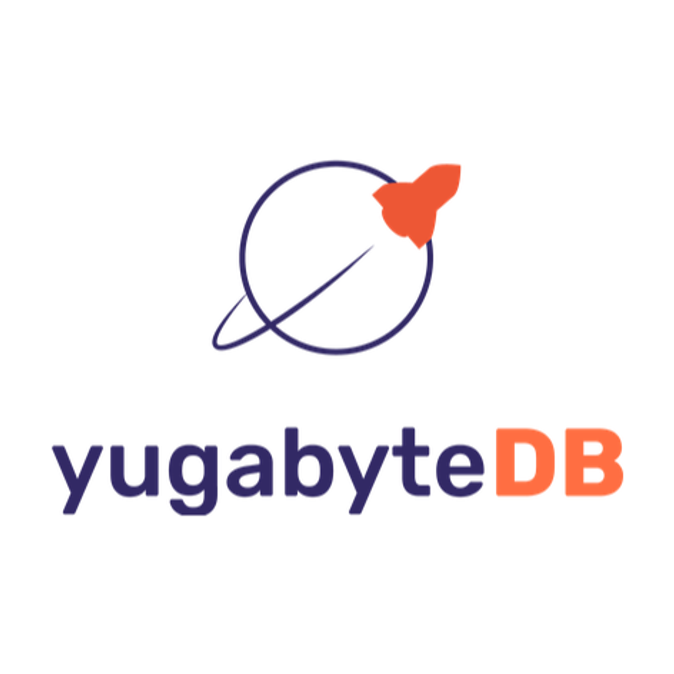
Select a logo to find out more.
AlloyDB
The AlloyDB connector performs an analysis of AlloyDB database metadata to create Solidatus model visualizations that group tables and views in a schema.
What is harvested?
- Schemas
- Tables
- Views
- Fields, including foreign key relationships, data types, etc.
Amazon Redshift
The Amazon Redshift connector performs an analysis of Amazon Redshift database metadata to create Solidatus model visualizations that group tables and views in a schema.
What is harvested?
- Schemas
- Tables
- Views
- Fields, including foreign key relationships, data types, etc.
Azure SQL
The Azure SQL connector performs an analysis of Azure SQL database metadata to create Solidatus model visualizations that group tables and views in a schema.
What is harvested?
- Schemas
- Tables
- Views
- Fields, including foreign key relationships, data types, etc.
BigQuery Lineage
The Google BigQuery connector performs a deep analysis of both the BigQuery schema and SQL procedures. It harvests schemas into Solidatus models, while also reverse engineering fine grained data lineage of the stored procedures to understand the impact of each SQL procedure, and then links these to affected source and target tables and fields.
Moreover, the connector has the ability to comprehend intricate modifications to the extracted metadata. Rather than merely updating metadata, it analyzes and visualizes the exact fine-grained change within Solidatus.
What is harvested?
- Schemas
- Tables
- Views
- Fields including associated metadata, datatypes, etc.
- Field-level lineage of SQL procedures
Cassandra Schema
The Cassandra connector performs an analysis of Cassandra database metadata to create models that group tables and views in a schema.
What is harvested?
- Schemas
- Tables
- Views
- Fields, including foreign key relationships, data types, etc.
Cloud Spanner
The Cloud Spanner connector performs an analysis of Cloud Spanner database metadata to create Solidatus model visualizations that group tables and views in a schema.
What is harvested?
- Schemas
- Tables
- Views
- Fields, including foreign key relationships, data types, etc.
Google Cloud SQL
The Google Cloud SQL connector performs an analysis of Google Cloud SQL database metadata to create Solidatus model visualizations that group tables and views in a schema
What is harvested?
- Schemas
- Tables
- Views
- Fields, including foreign key relationships, data types, etc.
Greenplum Database
The Greenplum Database connector performs an analysis of Greenplum database metadata to create Solidatus model visualizations that group tables and views in a schema.
What is harvested?
- Schemas
- Tables
- Views
- Fields, including foreign key relationships, data types, etc.
Hive Lineage
The Apache Hive connector conducts a deep analysis of a Hive schema and the SQL stored procedures within it. It harvests schemas into Solidatus models and reverse engineers fine-grained data lineage of the stored procedures to understand the impact of each SQL procedure. It then links these to the affected sources, target tables and fields.
The connector also understands complex changes to the harvested metadata. Metadata is not simply updated –the exact fine-grained change is analysed and visualized within Solidatus.
What is harvested?
- Schemas
- Tables
- Views
- Fields including associated metadata, datatypes, etc.
- Field-level lineage of SQL procedures
IBM DB2
The IBM DB2 connector performs an analysis of IBM DB2 database metadata to create Solidatus model visualizations of tables and views in a schema.
What is harvested?
- Schemas
- Tables
- Views
- Fields, including foreign key relationships, data types, etc.
Impala
The Impala connector performs an analysis of Impala database metadata to create Solidatus model visualizations that group tables and views in a schema.
What is harvested?
- Schemas
- Tables
- Views
- Fields, including foreign key relationships, data types, etc.
Informix
The Informix connector performs an analysis of Informix database metadata to create Solidatus model visualizations that group tables and views in a schema.
What is harvested?
- Schemas
- Tables
- Views
- Fields, including foreign key relationships, data types, etc.
MariaDB
The MariaDB connector performs an analysis of MariaDB database metadata to create Solidatus model visualizations that group tables and views in a schema.
What is harvested?
- Schemas
- Tables
- Views
- Fields, including foreign key relationships, data types, etc.
Microsoft SQL Server Lineage
The Microsoft SQL Server connector performs a deep analysis of SQL Server schemas and their stored procedures. It gathers schemas into Solidatus models and reverse engineers the data lineage in the stored procedures. The Solidatus models allow you to understand the impact of each SQL procedure.
The connector also understands complex changes to the metadata – metadata is not simply updated, the exact fine-grained changes are analyzed and visualized within Solidatus models.
What is harvested?
- Schemas
- Tables
- Views
- Fields including associated metadata, datatypes, etc.
- Field-level lineage of SQL stored procedures
MongoDB
The MongoDB connector analyzes the MongoDB metadata to represent its collections as object and attribute structures by sampling the structure of documents within each collection.
What is harvested?
- Structure of Collections
MS Access
The MS Access connector performs an analysis of MS Access database metadata to create Solidatus model visualizations that group tables and views in a schema.
What is harvested?
- Schemas
- Tables
- Views
- Fields, including foreign key relationships, data types, etc.
MySQL Lineage
The MySQL connector performs a deep analysis of a MySQL schema and SQL procedures. It harvests schemas into Solidatus models and reverse engineers fine-grained data lineage of the stored procedures to understand the impact of each SQL procedure and links these to the affected source, and target tables and fields. The connector also understands complex changes to the harvested metadata. Metadata is not simply updated, the exact fine-grained change is analyzed and visualized within Solidatus.
What is harvested?
- Schemas
- Tables
- Views
- Foreign key transitions
- Lineage of SQL procedures
Neo4j
The Neo4j connector models graph node labels and relationships as relational views in Solidatus.
What is harvested?
- Nodes
- Node Labels
- Relationships
Oracle Lineage
The Oracle database connector does a deep analysis of an Oracle database’s schema and the PL/SQL procedures within it. It harvests schemas into Solidatus models and reverse engineers fine-grained data lineage of the stored procedures to understand the impact of each SQL procedure, linking these to affected source, target tables and fields.
The connector also understands complex changes to the harvested metadata. Metadata is not simply updated, the exact fine-grained change is analyzed and visualized within Solidatus.
What is harvested?
- Schemas
- Tables
- Fields, including foreign key relationships, data types, etc.
- Lineage of PL/SQL procedures including packages, synonyms and DB links.
PostgreSQL Schema
The PostgreSQL connector extracts structure of Postgres database schema and generates a Solidatus model that groups tables and views in a schema into different layers.
What is harvested?
- Schemas
- Tables
- Views
- Fields, including foreign key relationships, data types, etc.
SAP IQ
The SAP IQ connector performs an analysis of SAP IQ database metadata to create Solidatus model visualizations that group tables and views in a schema.
What is harvested?
- Schemas
- Tables
- Views
- Fields, including foreign key relationships, data types, etc.
Snowflake
The Snowflake connector retrieves metadata from Snowflake databases to create models of database schemas (tables, views), displays object-level dependencies and view to table column-level lineage. Additionally, it enables organizations to enhance their data governance practices by overlaying the Solidatus models with Snowflake Governance data like tags, row access and data masking policies. This shows where they apply to tables, views and columns. The connector also derives column-level lineage from Snowflake access history tables.
What is harvested?
- Tables
- Views
- Columns
- Row Access Policies
- Data Masking Policies
- Tags
- Column-level lineage
SQLite
The SQLite connector performs an analysis of SQLite database metadata to create Solidatus model visualizations that group tables and views in a schema.
What is harvested?
- Schemas
- Tables
- Views
- Fields, including foreign key relationships, data types, etc.
Sybase
The Sybase connector performs an analysis of Sybase database metadata to create Solidatus model visualizations that group tables and views in a schema.
What is harvested?
- Schemas
- Tables
- Views
- Fields, including foreign key relationships, data types, etc.
Teradata Lineage
The Teradata connector does a deep analysis of a Teradata schema and the SQL stored procedures within it. It harvests schemas into Solidatus models and reverse engineers fine-grained data lineage of the stored procedures to understand the impact of each SQL procedure. It then links these to the affected source, target tables and fields.
The connector also understands complex changes to the harvested metadata. Metadata is not simply updated – the exact fine-grained change is analyzed and visualized within Solidatus.
What is harvested?
- Schemas
- Tables
- Views
- Fields including associated metadata, datatypes, etc.
- Field-level lineage of SQL procedures
Vertica
The Vertica connector performs an analysis of Vertica database metadata to create models that group tables and views in a schema.
What is harvested?
- Schemas
- Tables
- Views
- Fields, including foreign key relationships, data types, etc.
Yugabyte Schema
The Yugabyte connector performs an analysis of Yugabyte database metadata to create Solidatus model visualizations that group tables and views in a schema.
What is harvested?
- Schemas
- Tables
- Views
- Fields, including foreign key relationships, data types, etc.
BI, ERP & CRM connectors

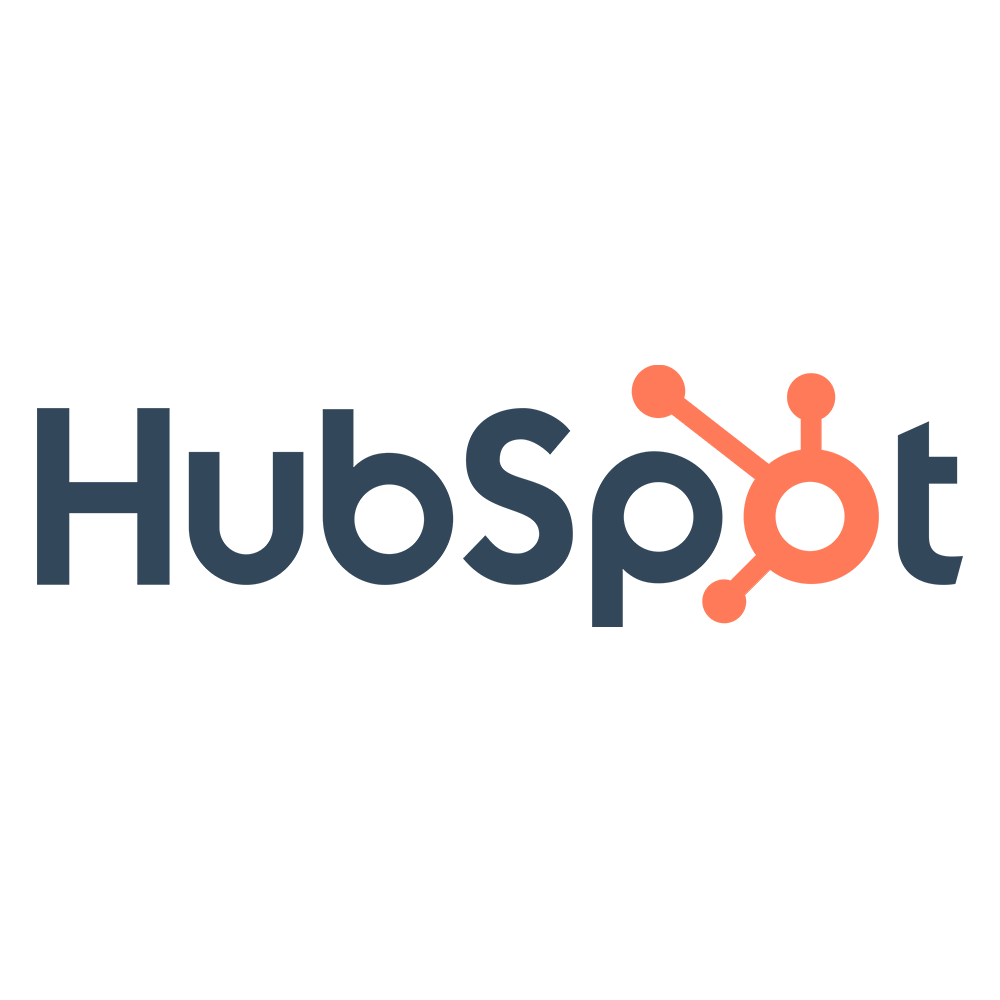

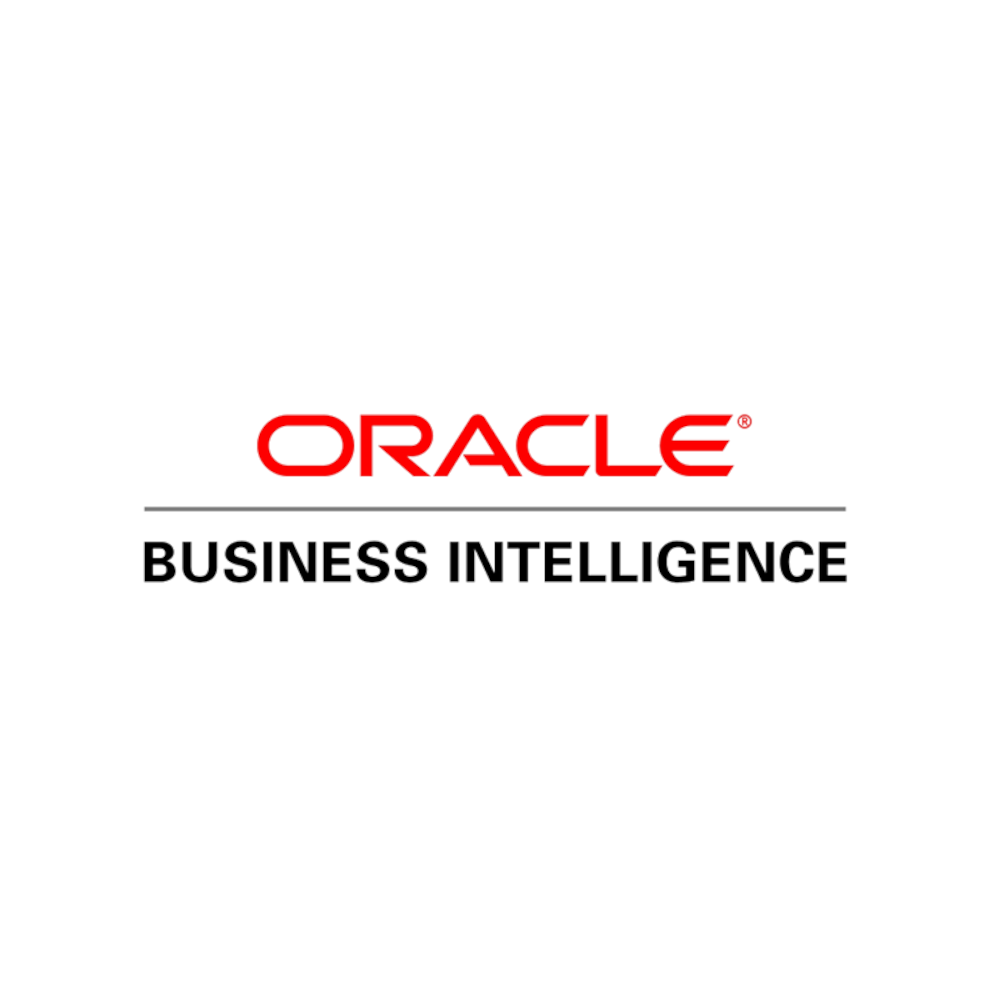
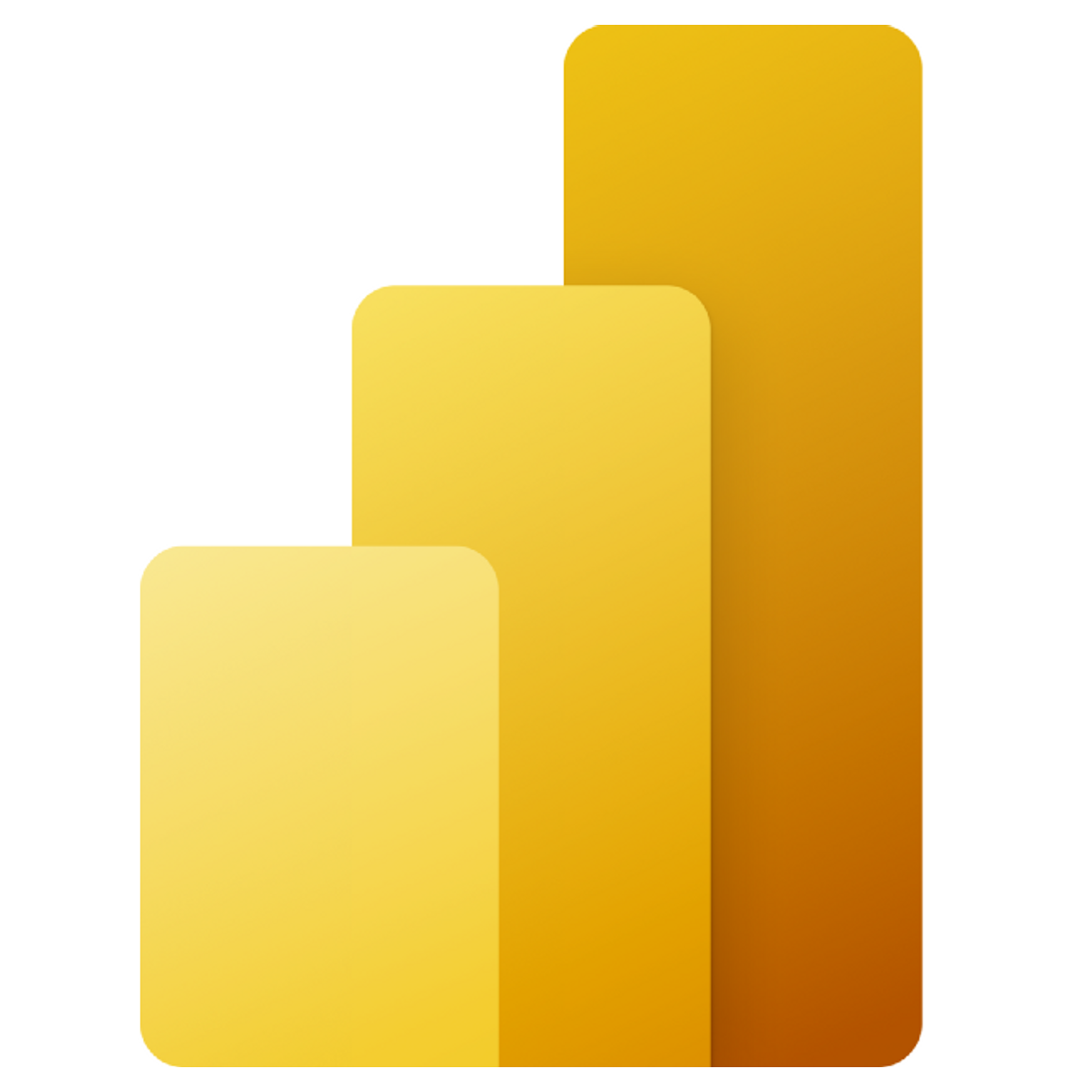
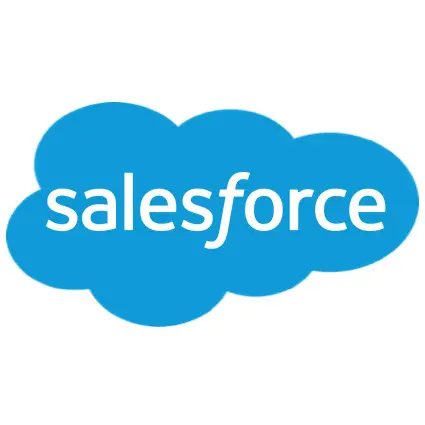
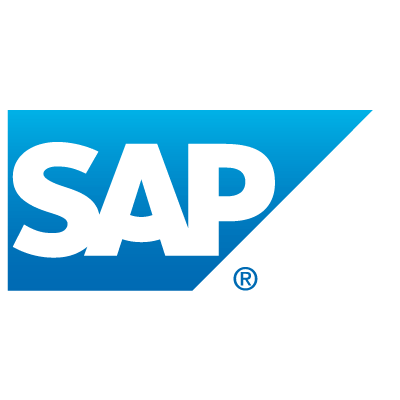
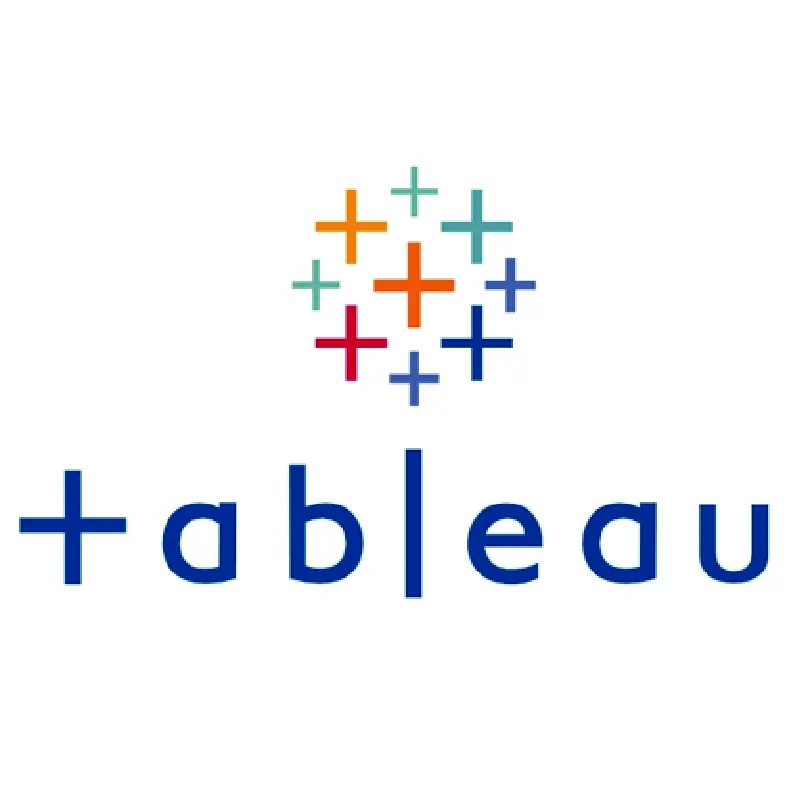
Select a logo to find out more.
HubSpot
The HubSpot connector analysis Hubspot’s metadata and models its traditional database tables and relationships as relational views in Solidatus.
What is harvested?
- Tables
- Views
Microsoft Dynamics (Safyr)
The Microsoft Dynamics (Safyr) connector parses asset or relation files to obtain table, column and relationship information generating a Solidatus Model.
What is harvested?
- Custom objects (tables, fields etc).
- Technical names for database tables and fields (attributes)
- Descriptive names for database tables and fields (attributes)
- Table and field information
- Primary and foreign keys
- Table relationships
Oracle Business Intelligence Suite Enterprise Edition (OBIEE)
The Oracle Business Intelligence Enterprise Edition (OBIEE) performs a comprehensive and in-depth examination of BI reports, not only comprehending their structure but also mapping out the sourcing of data for these reports in detail. By integrating with metadata across the Solidatus ecosystem, this connector can connect the lineage of BI reports with other sources such as database sources, ETL jobs, manual transformations, etc. Furthermore, it can overlay this information with business glossary details and other business intelligence.
What is harvested?
- Presentation layer
- Business model/mapping layer
- Physical layer
- Multi-directory RDP XML
PowerBI
The PowerBI connector performs a comprehensive analysis of BI reports, not only to comprehend their structure but also to create a detailed mapping of the data sources used for these reports. By integrating with the metadata in the wider Solidatus ecosystem, this connector is able to establish a connection between the lineage of the BI report and other database sources, ETL jobs, manual transformations, and more. This allows for the inclusion of business glossary information and other business intelligence, providing a holistic view of the data.
What is harvested?
- Source database layer
- Data model tables layer
- Data sources layer
- Reports layer
Salesforce (Safyr)
The Salesforce (Safyr) connector parses the asset or relation files to obtain table, column and relationship information to generate a Solidatus Model.
What is harvested?
- Custom objects (tables, fields etc).
- Technical names for database tables and fields (attributes)
- Descriptive names for database tables and fields (attributes)
- Table and field information
- Primary and foreign keys
- Table relationships
SAP
The SAP (Safyr) Connector parses the asset or relation files to obtain table, column and relationship information to generate a Solidatus Model.
What is harvested?
- Custom objects (tables, fields etc).
- Programs and components (SAP only)
- Technical names for database tables and fields (attributes)
- Descriptive names for database tables and fields (attributes)
- Long descriptions for tables and fields (where available)
- Table and field information
- Names in multiple languages (Only supported by SAP)
- Primary and foreign Keys
- Table relationships
Tableau
The Tableau connector conducts a comprehensive analysis of the worksheets, retrieving metadata information regarding the structure of the source system and its connections to logical data sources and views.
What is harvested?
- Datasources
- Views
- Worksheets
File & Enterprise Scheduler connectors

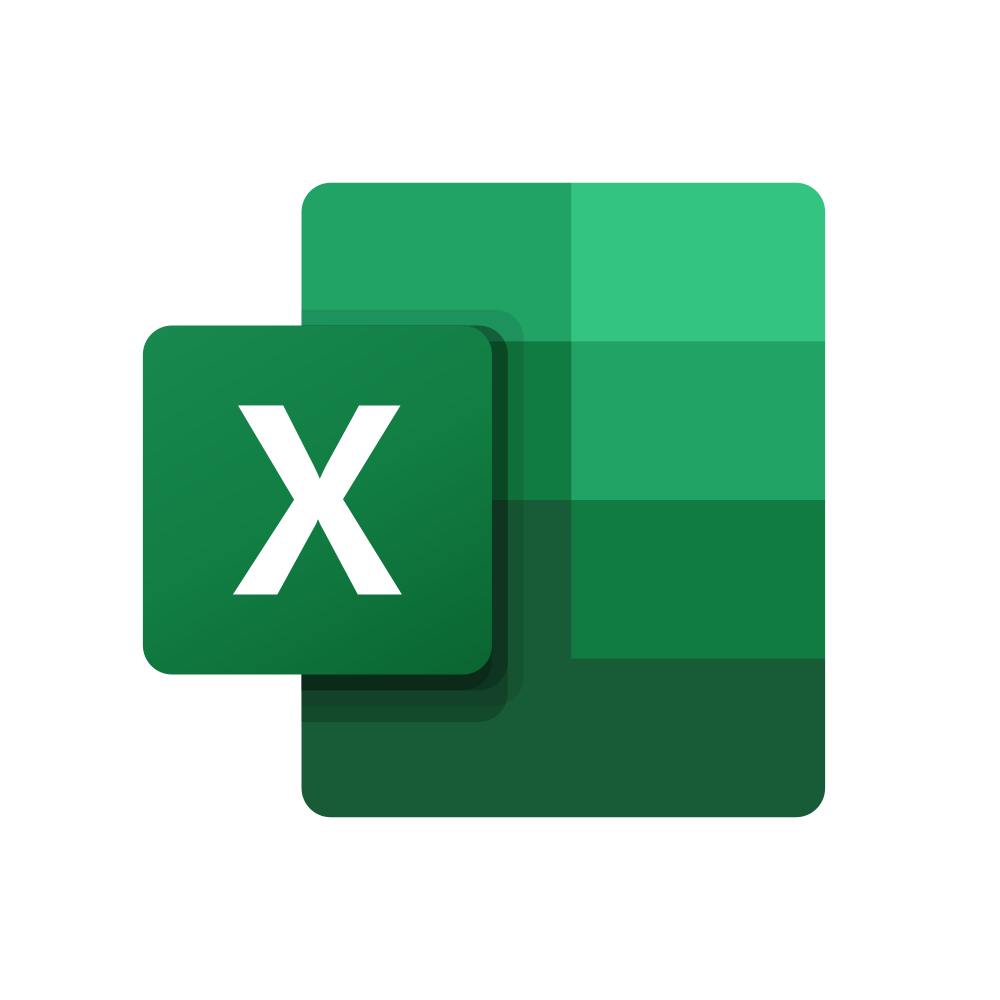
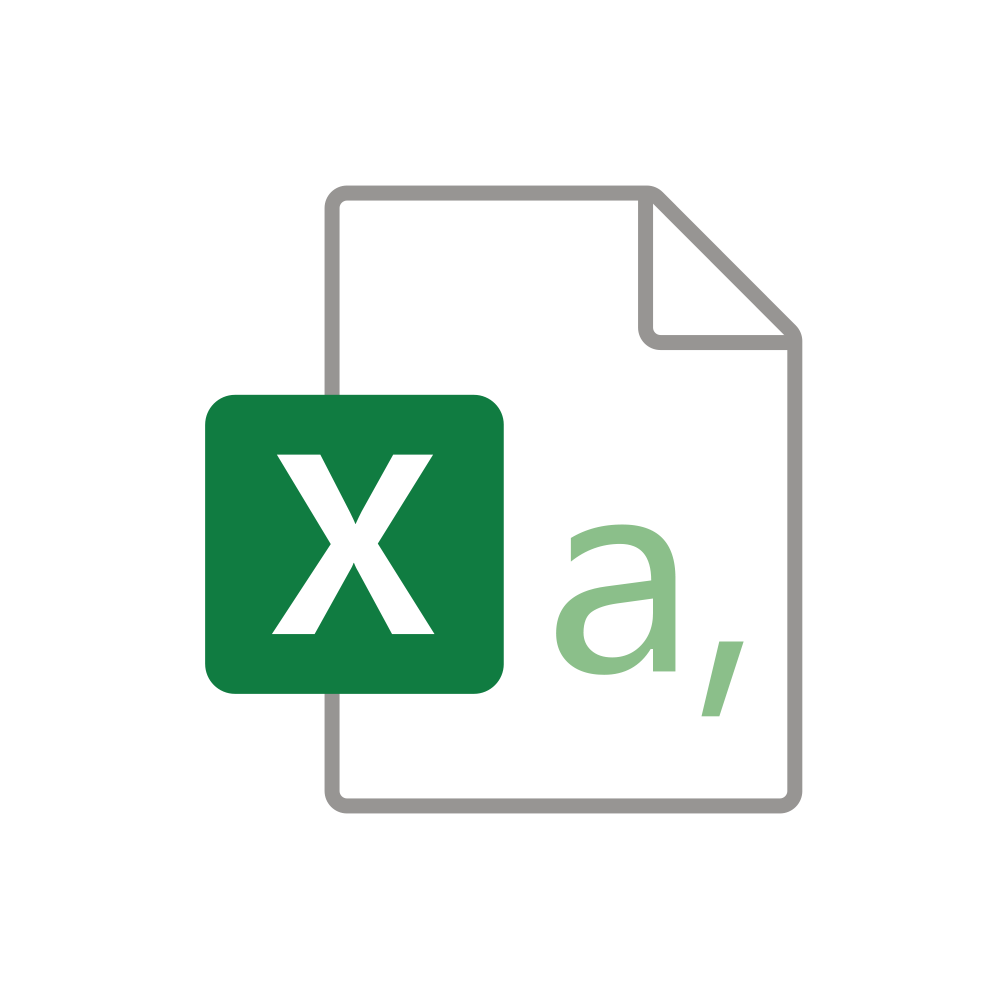

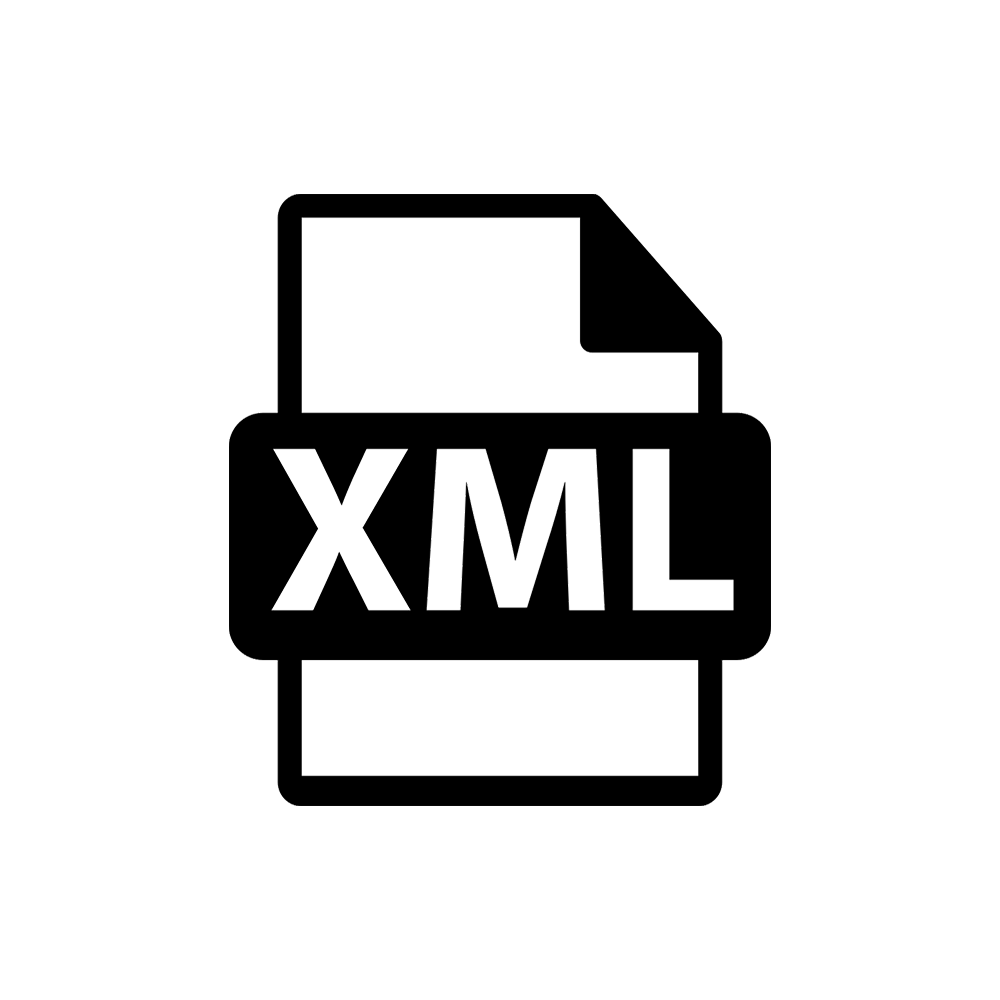

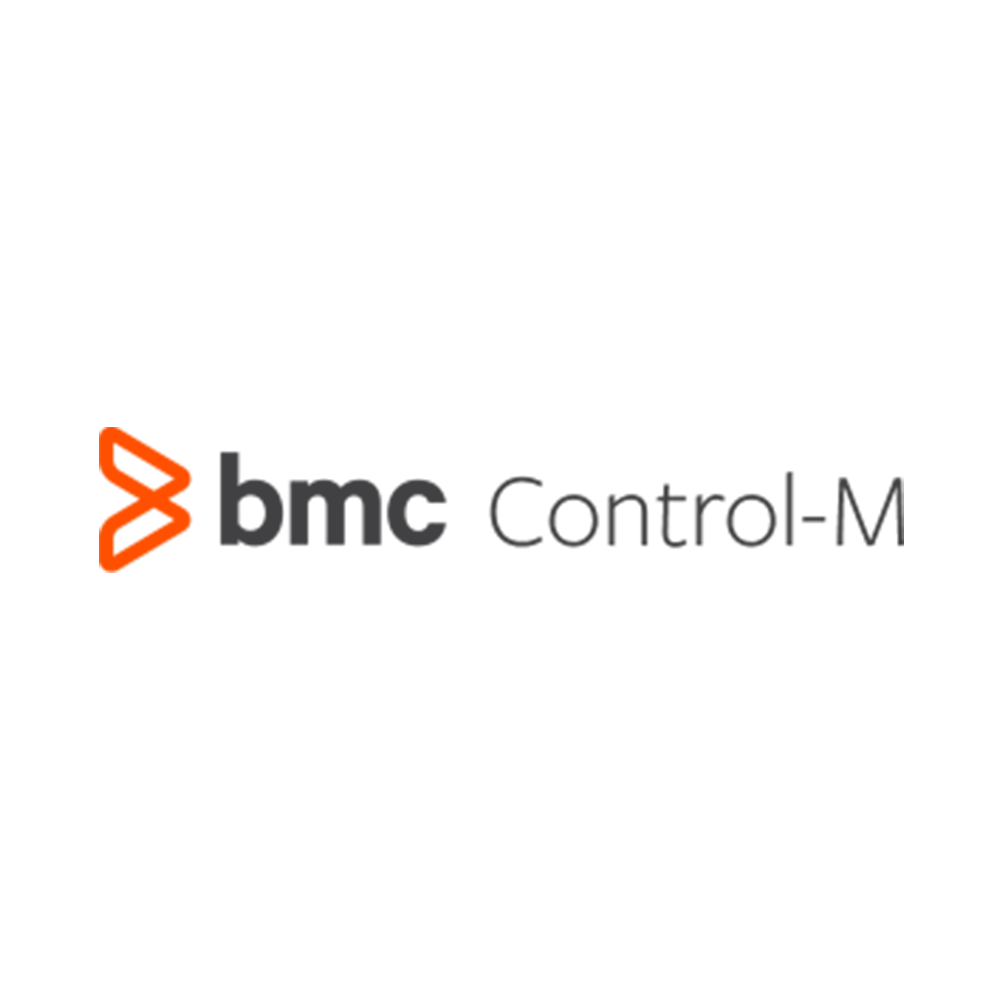
Select a logo to find out more.
Excel
Our file importers allow Solidatus users to easily import metadata into their Solidatus models by ingesting files of a wide range of formats, including CVS, Excel, JSON and XML.
CSV
Our file importers allow Solidatus users to easily import metadata into their Solidatus models by ingesting files of a wide range of formats, including CVS, Excel, JSON and XML.
JSON
Our file importers allow Solidatus users to easily import metadata into their Solidatus models by ingesting files of a wide range of formats, including CVS, Excel, JSON and XML.
XML
Our file importers allow Solidatus users to easily import metadata into their Solidatus models by ingesting files of a wide range of formats, including CVS, Excel, JSON and XML.
AutoSys
The AutoSys JIL importer parses a batch definition file (JIL) and loads the jobs as objects with their conditions as transitions between dependent jobs.
Control-M
The Control-M importer parses a Control-M XML batch definition file and loads the jobs as objects with their conditions as transitions between dependent jobs.
Partner integrations

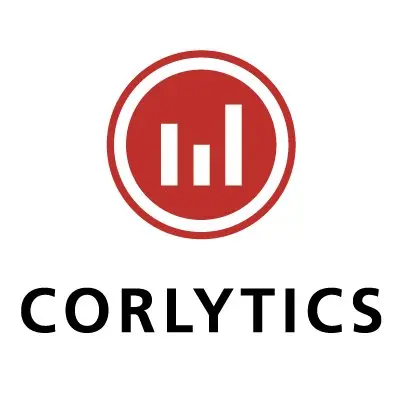

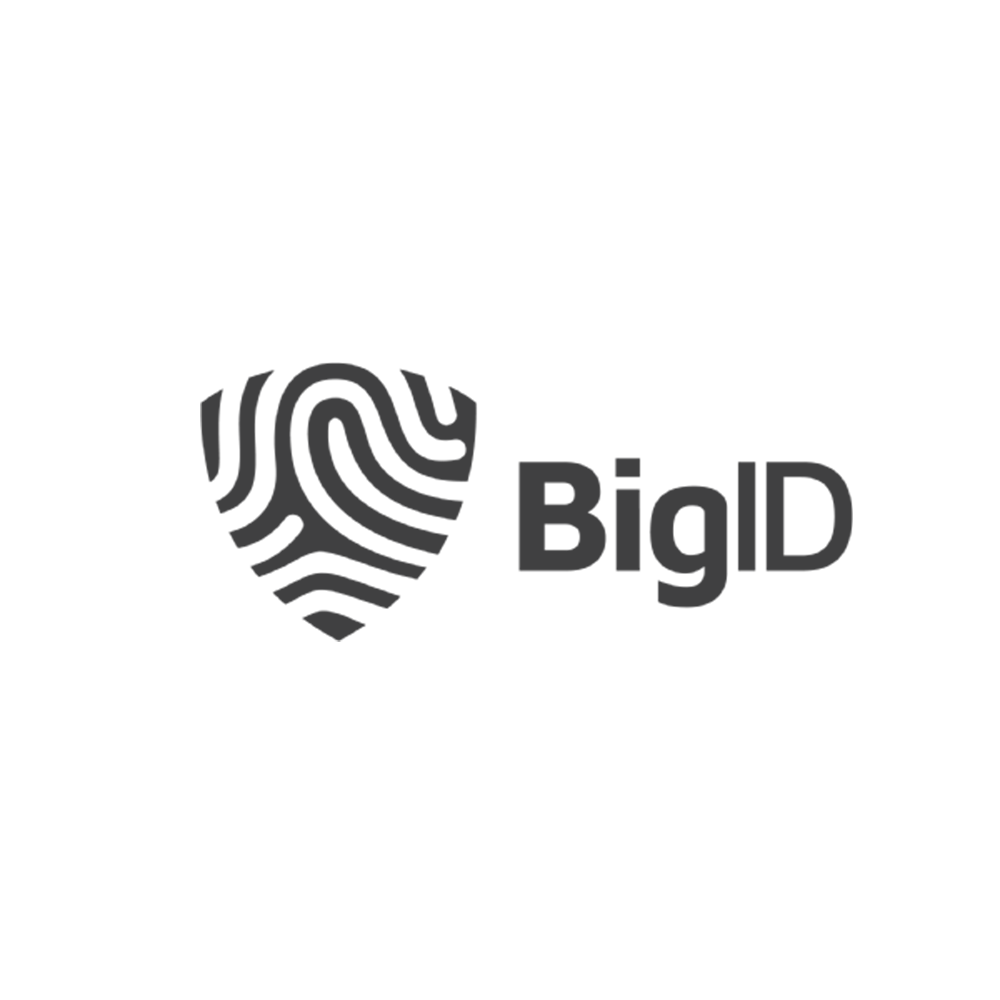


Select a logo to find out more.
Corlytics
View Corlytics’ digitized regulatory content in the context of your own data and systems, to help data practitioners assess likely impacts and plan for change. Extend the regulatory models from Corlytics and Solidatus to connect the regulations to lineage models of internal systems to demonstrate the exact processes they use to comply with obligations.
Key benefits include:
- Combine regulatory and system SME knowledge in one place to share knowledge and reduce risk
- Guide to auditors and regulators demonstrating comprehensive and thorough compliance with requirements
- Visualize models of the regulations and the internal systems required to demonstrably comply with the obligations
Collibra
Solidatus automatically integrates with Collibra, establishing a connection between business and technology, and facilitating deep understanding through a user-friendly and dynamic visualization. With Solidatus, approved governance models, dictionaries, and glossaries from Collibra can be effortlessly imported and updated, ensuring peace of mind and reassurance for your organization.
Key benefits include:
- Significantly reduce implementation and running costs
- Mitigate transformational and operational risk
- Give you greater organizational alignment
BigID
The BigID Solidatus integration (explorer) provides active metadata lineage, which is augmented and enriched by BigID’s data quality, security and rich metadata processing.
Key benefits include:
- Accelerating tool adoption
- Assurance and compliance across your data estate
- Providing a single simple pane-of-glass view of the complex, interconnected organizational metadata increasing automation for instantaneous impact assessment and action.
Datactics
Leverage the combined capabilities of Solidatus and Datactics to visualize and understand data quality throughout the enterprise, without being tied to one single enterprise data governance and quality platform.
Key benefits include:
- Greater flexibility when exploring your data governance strategies, empowering you to make use of ‘best of breed’ technology that aligns with their business operational models.
- Visualize where data quality issues are occurring and surface results of Datactics data quality processes in Solidatus’ lineage model.
- Understand the business impact of bad data; select attributes in Solidatus to trace the downstream impact of bad data quality.
- Fix what matters, wherever it is located. Use Solidatus’ data location coordinates to redeploy Datactics data quality rules wherever the data occurs, enabling true root cause analysis.
Snowflake
Solidatus adds new levels of context and visualization to Snowflake, enhancing its native governance capabilities, giving you more control and a deeper understanding of how data is used across your organization. With this knowledge, you can save time and costs, and develop a complete data strategy
Key benefits include:
- Cut costs by reducing the time spent managing and implementing resources.
- Speed up your migration to Snowflake.
- Reduce operational risk and improve operating efficiency.
- Boost governance and regulatory compliance.
- Establish controlled planning and implementation of change.
- Ensure complaint data sharing.
- Visualize and connect data policies, regulations and other data assets present in Snowflake.
Don't see the connector you're looking for?
The list is always growing. Speak to a member of the Solidatus team today.


